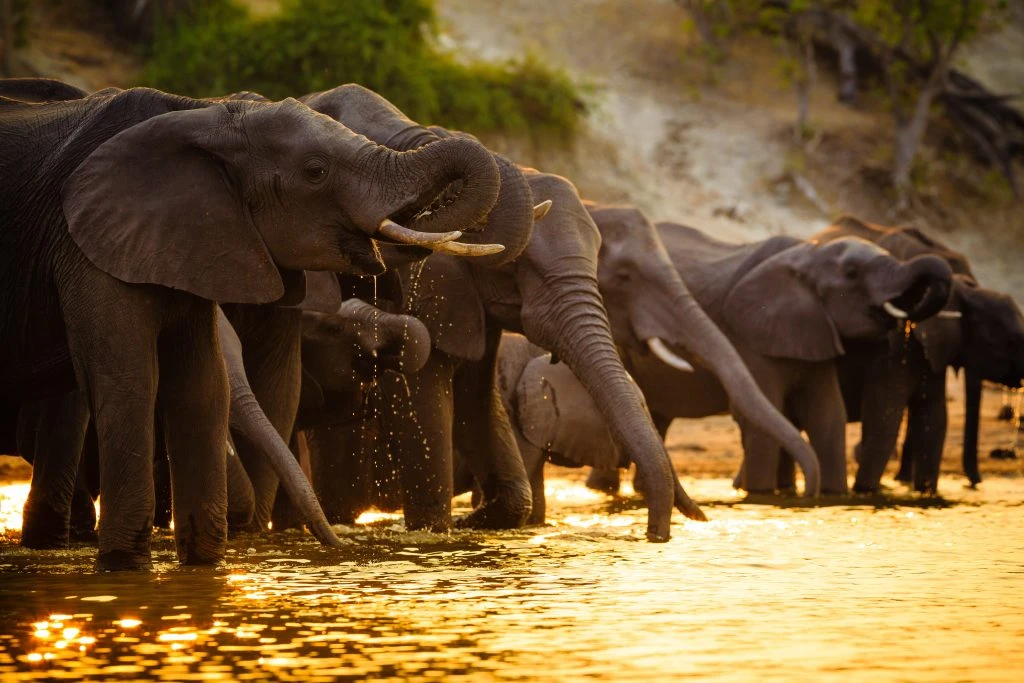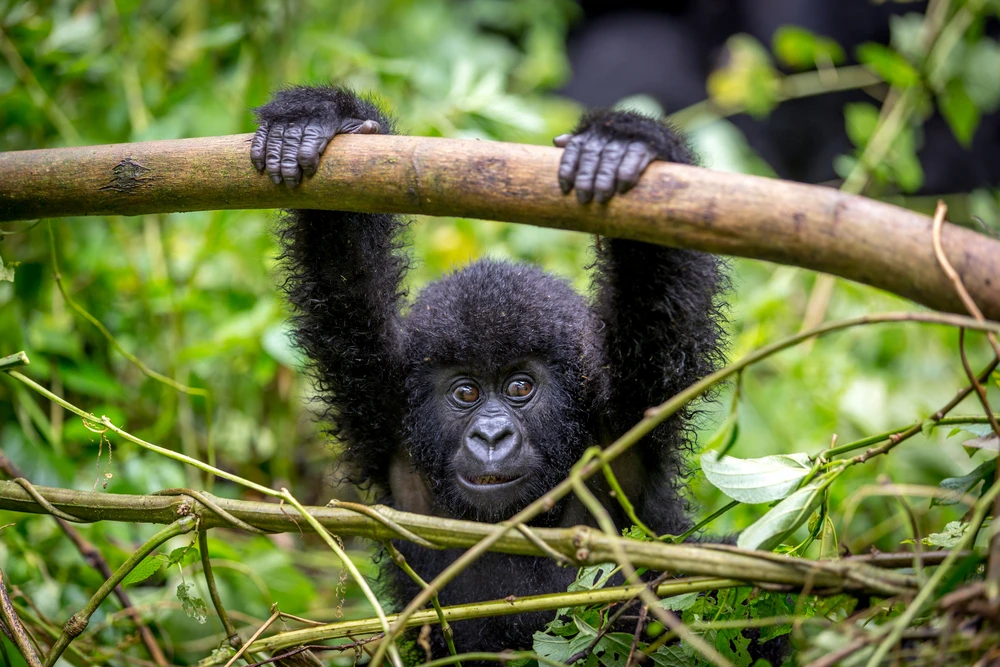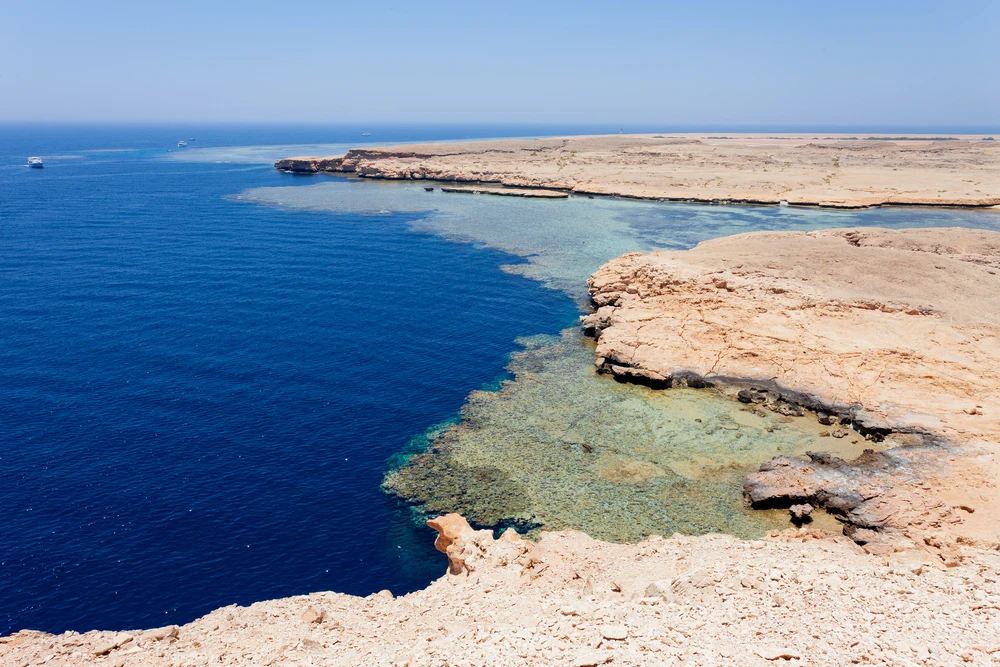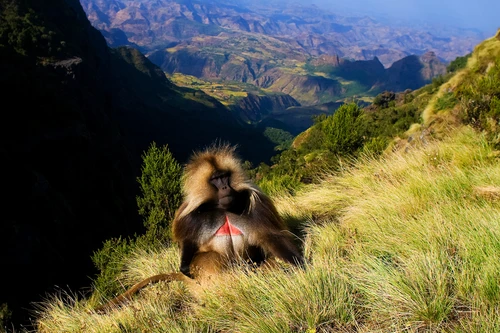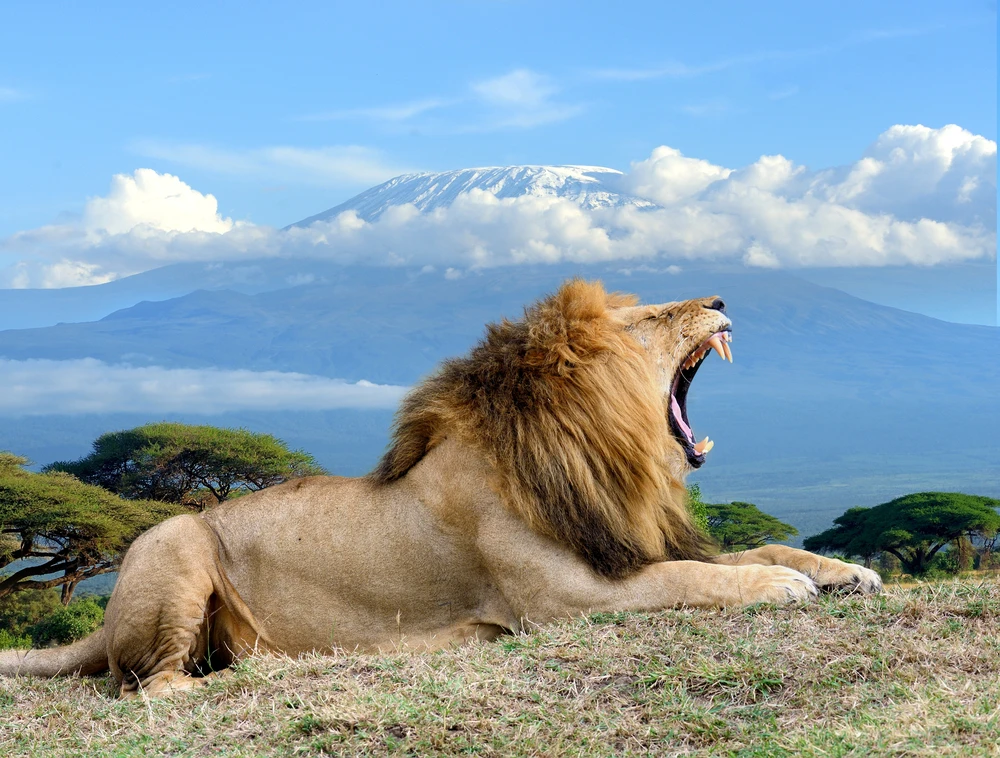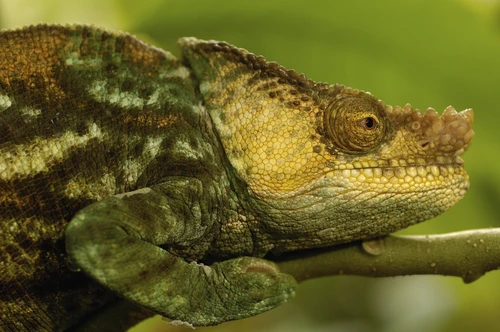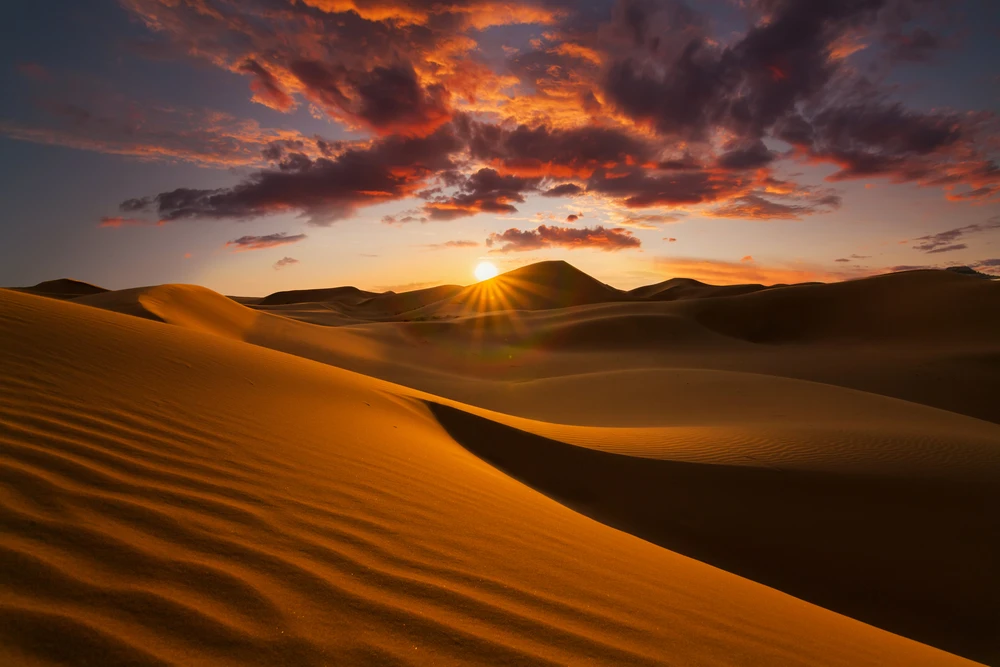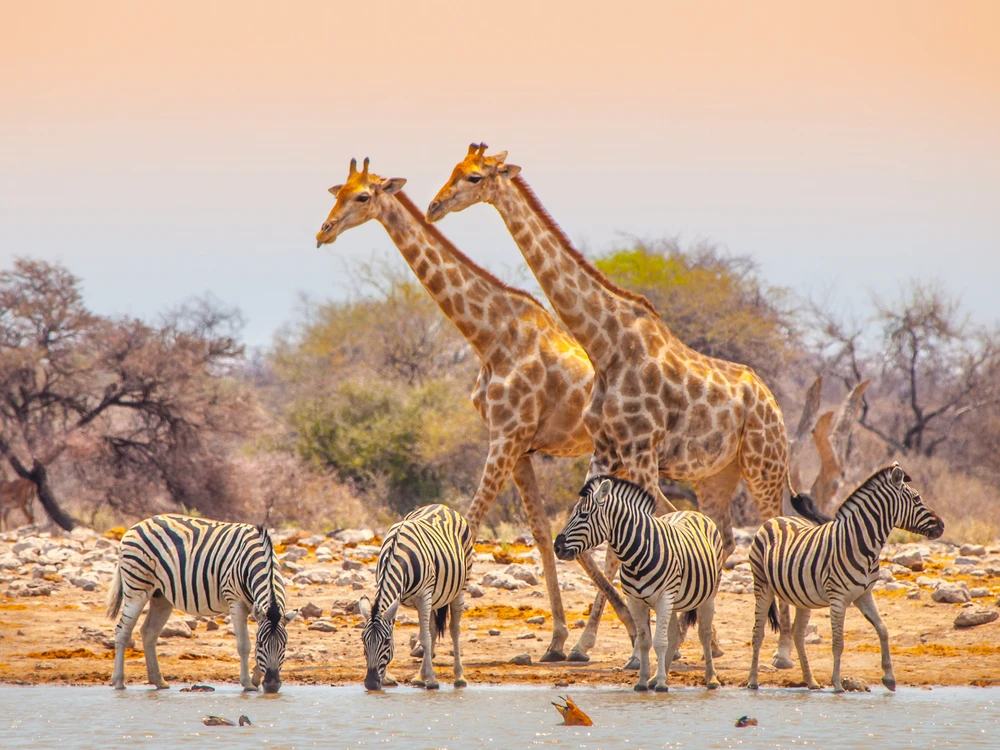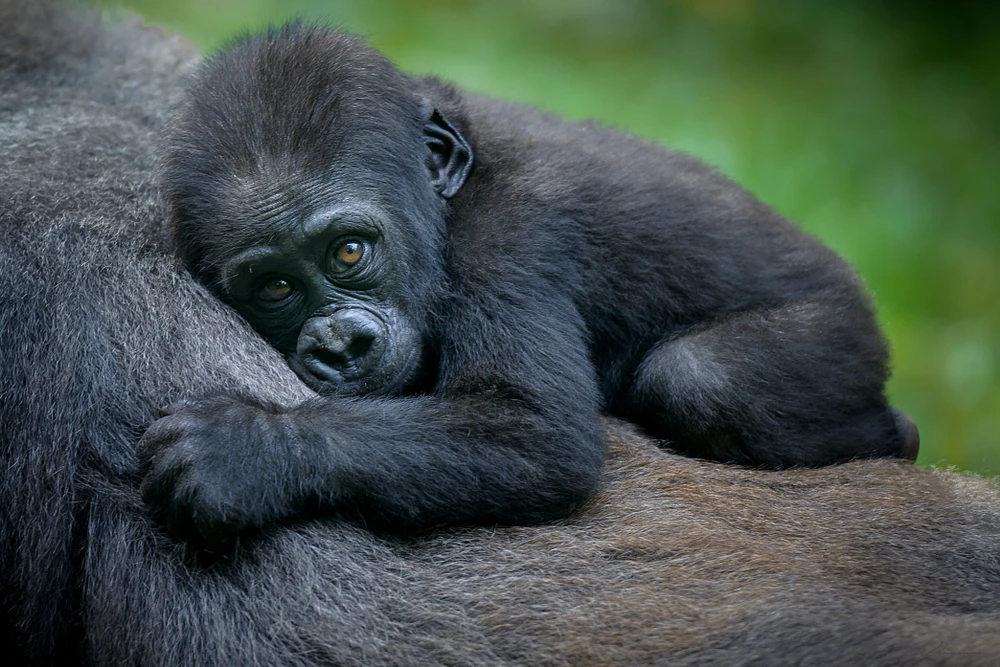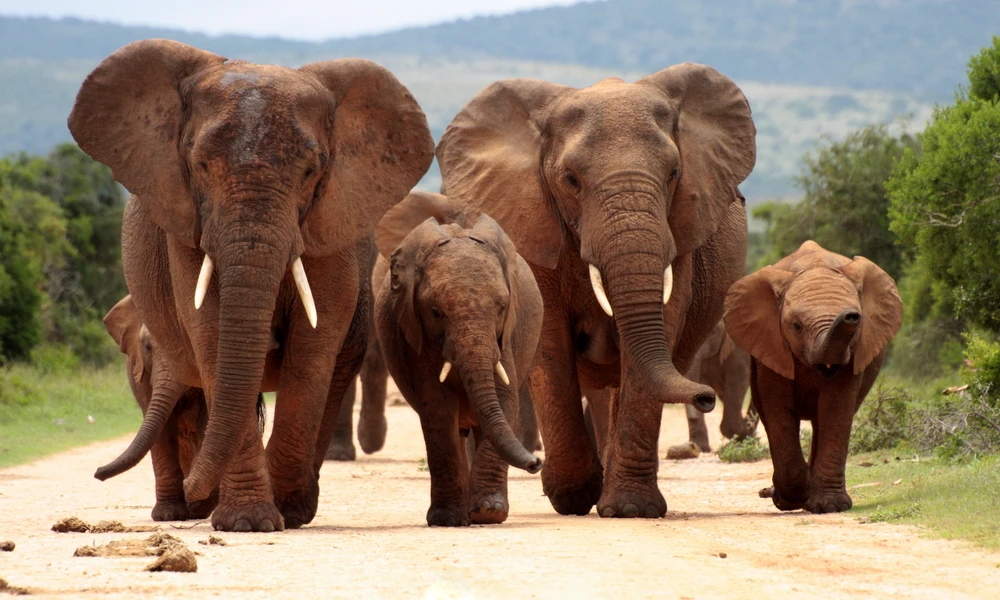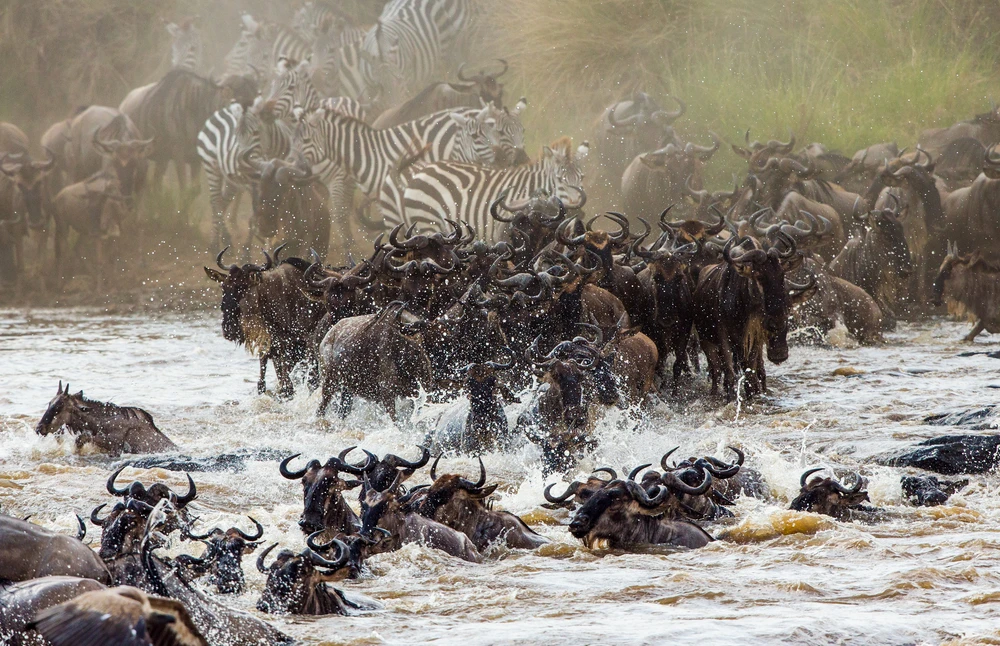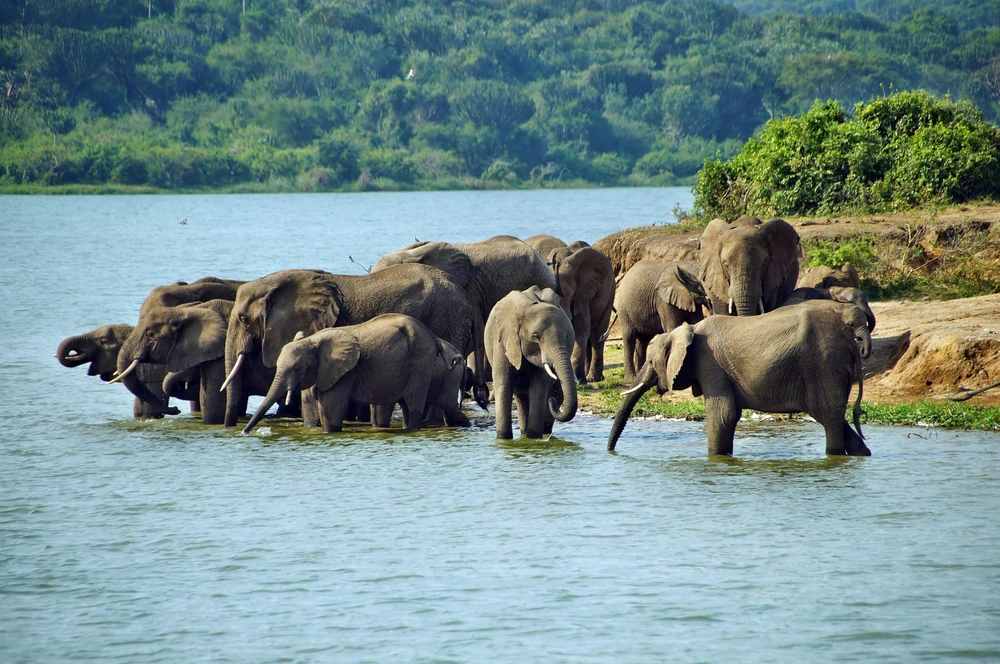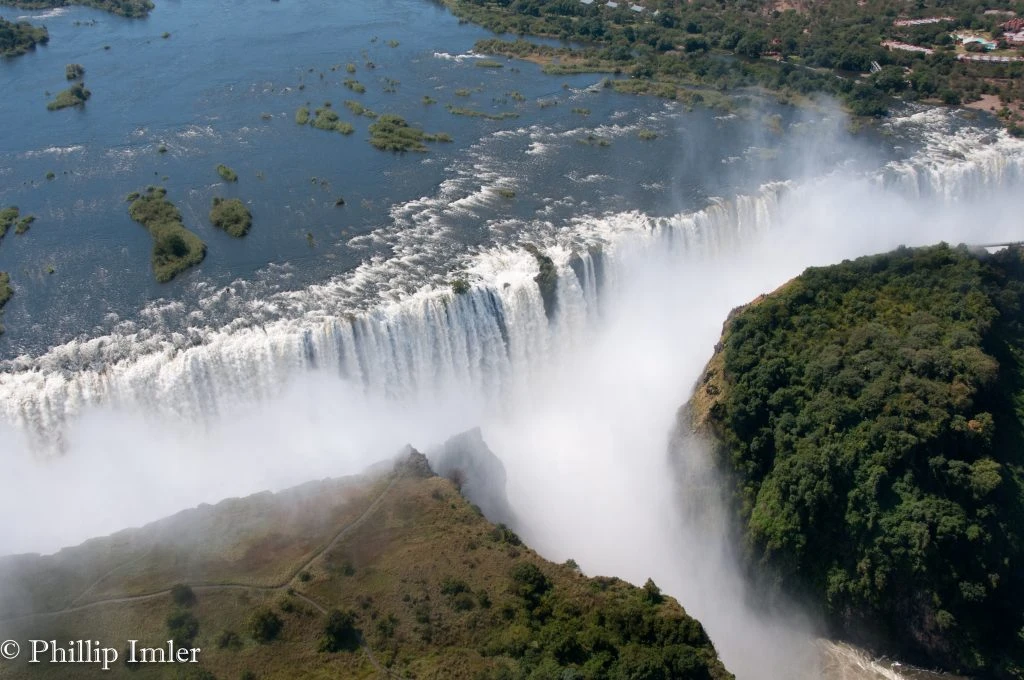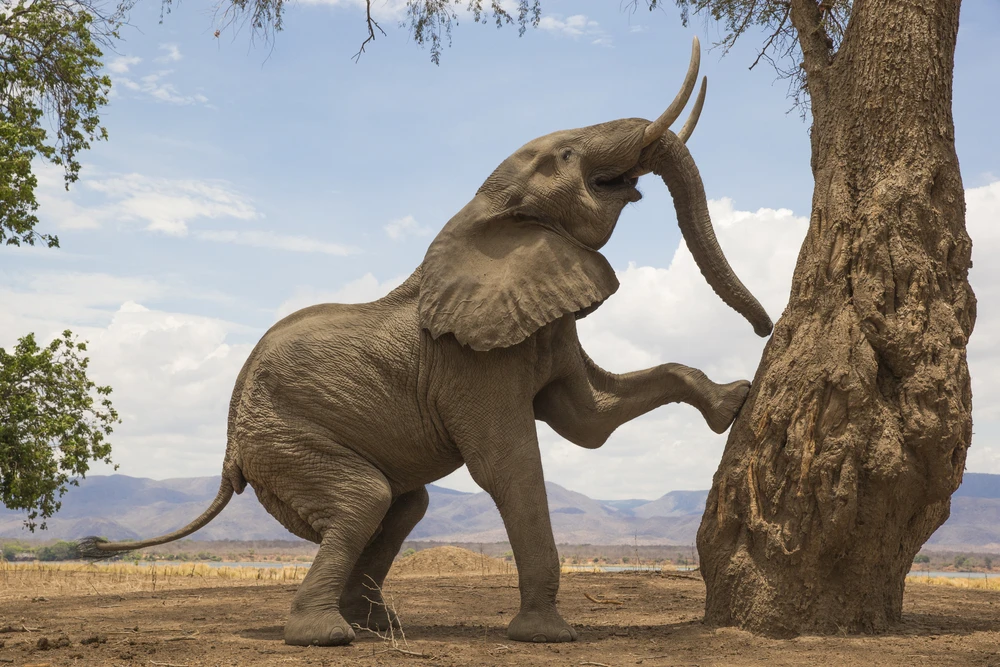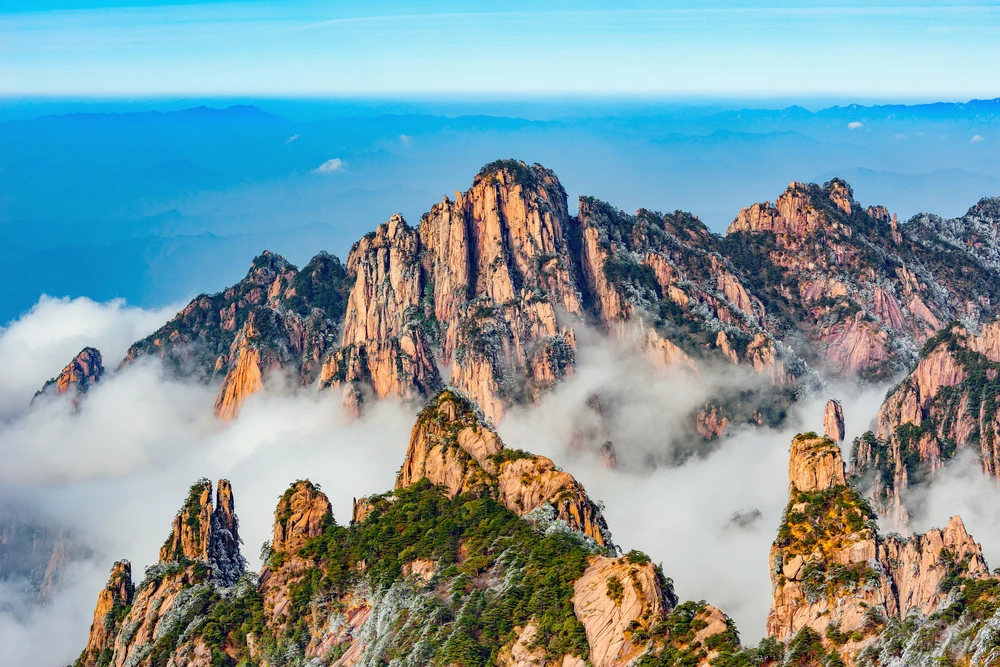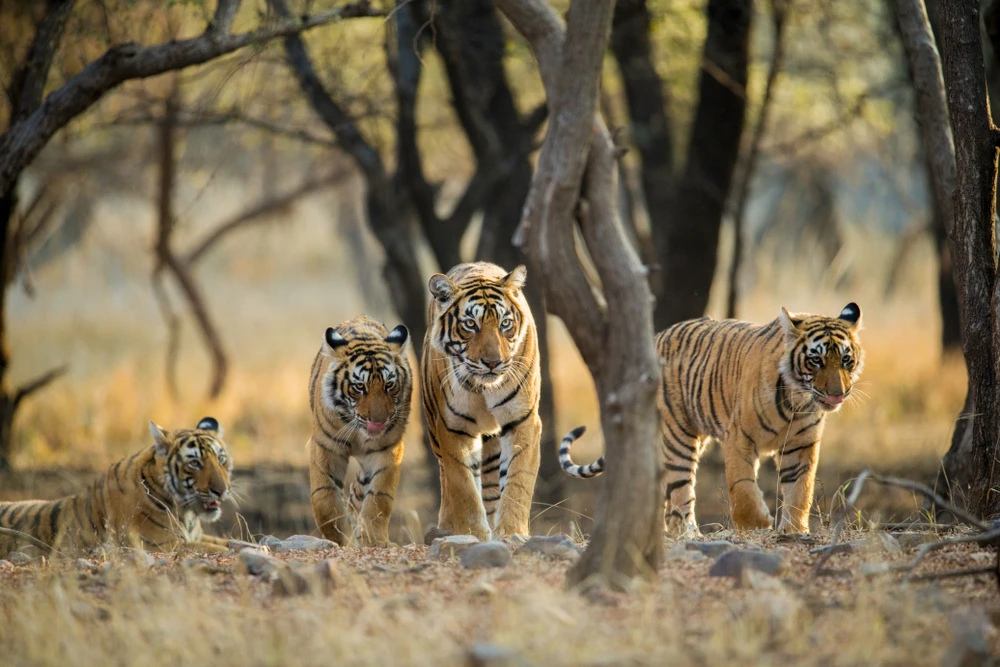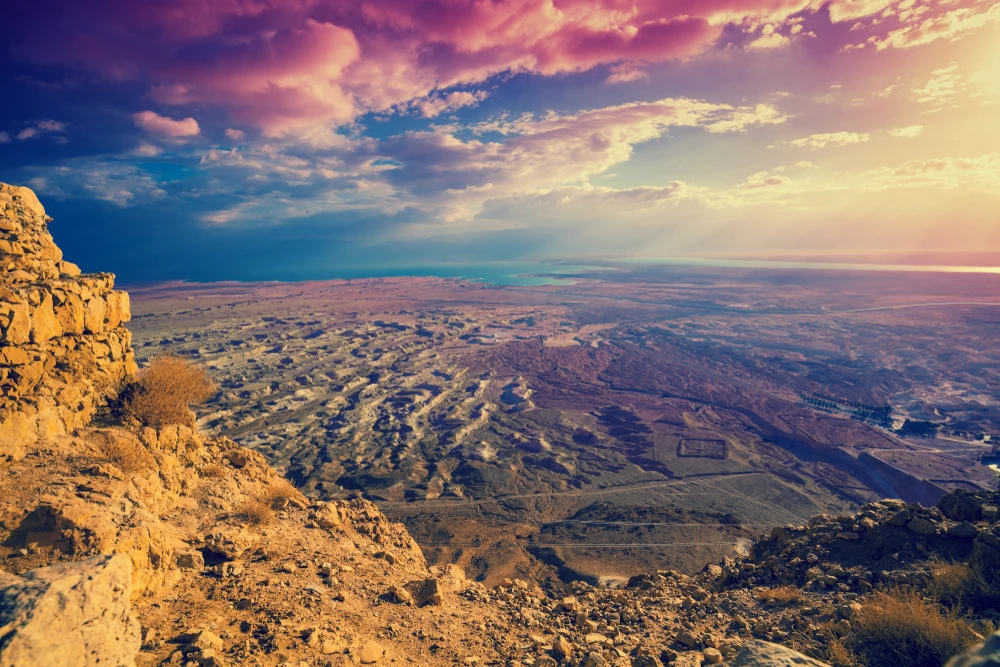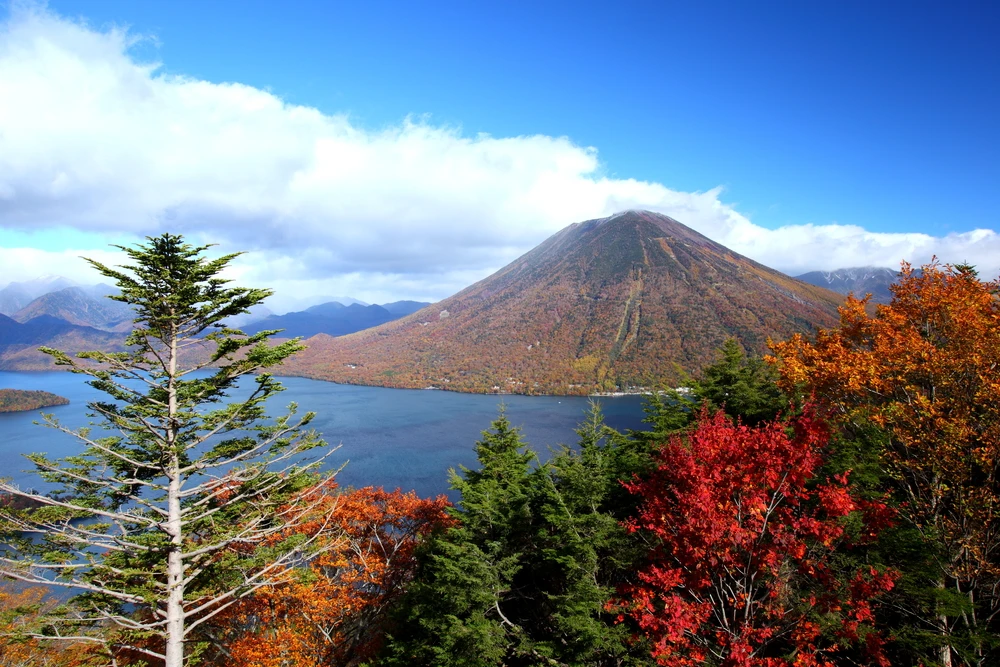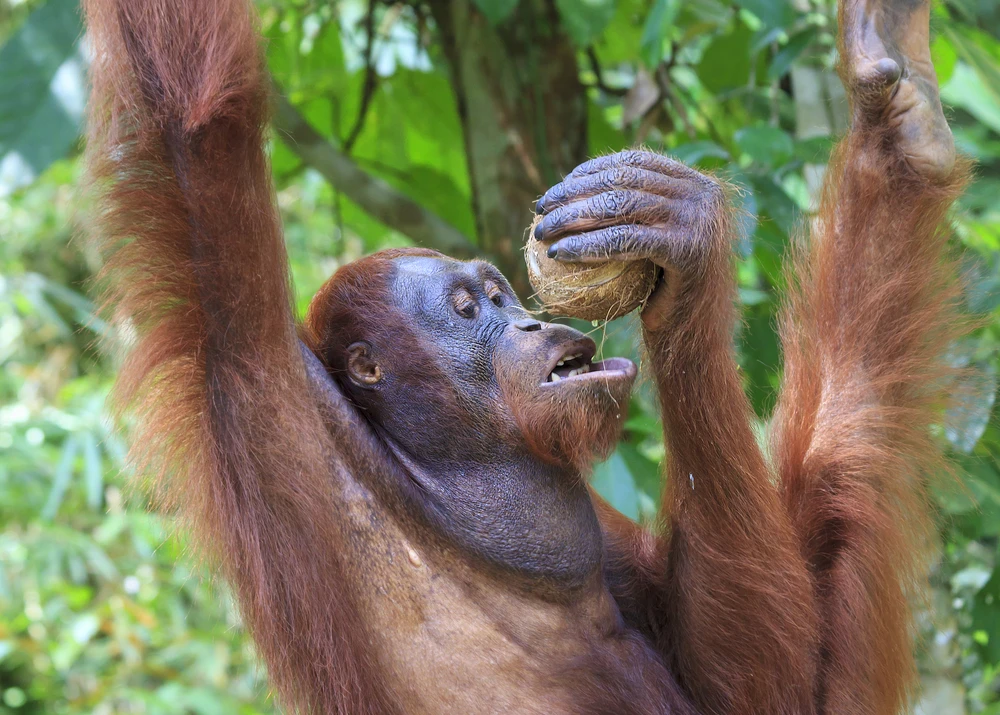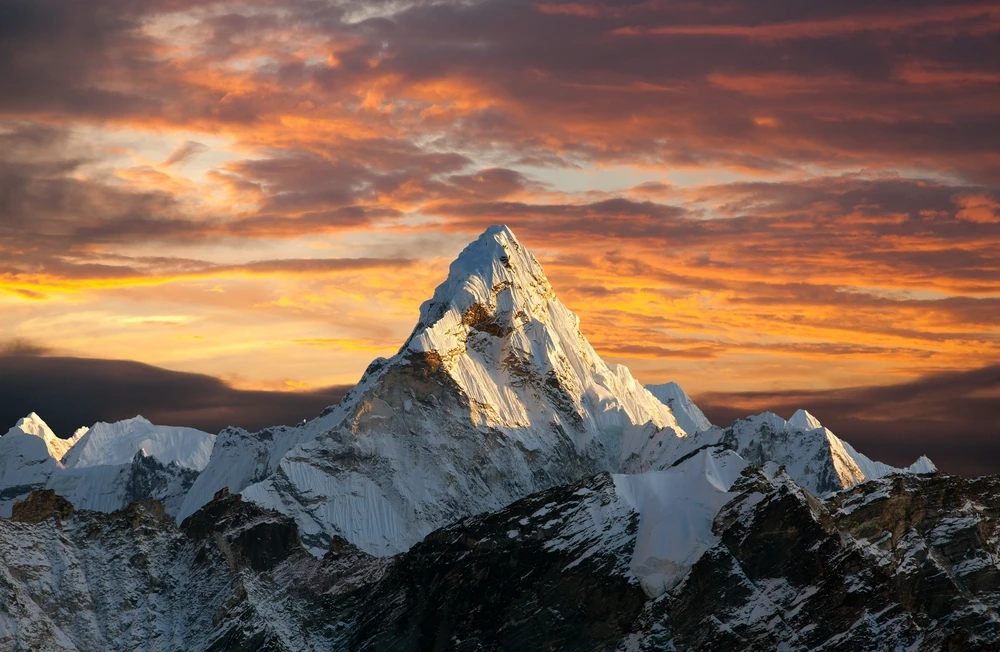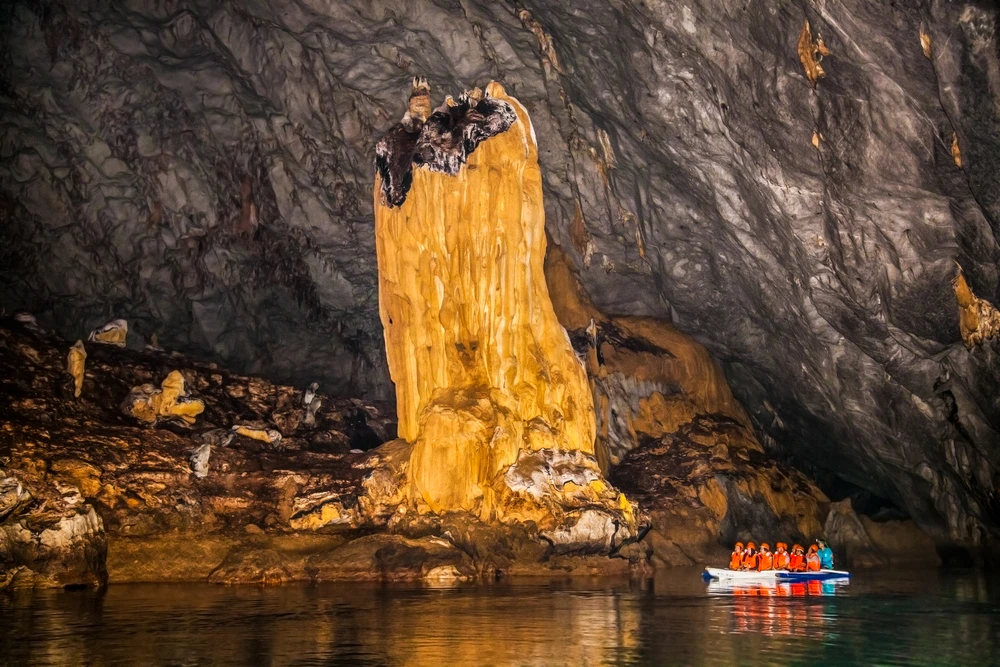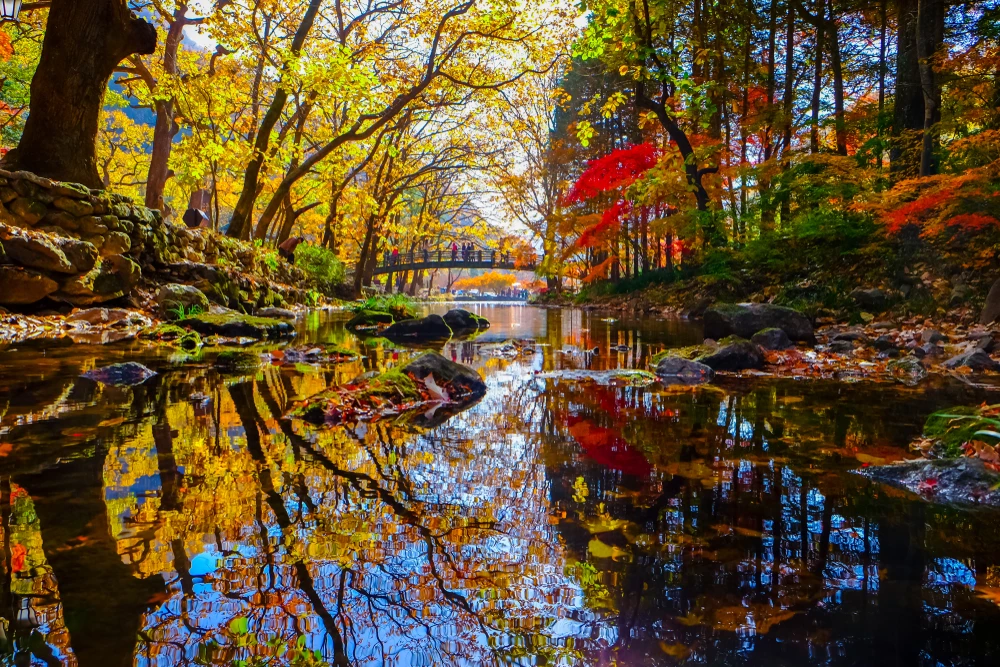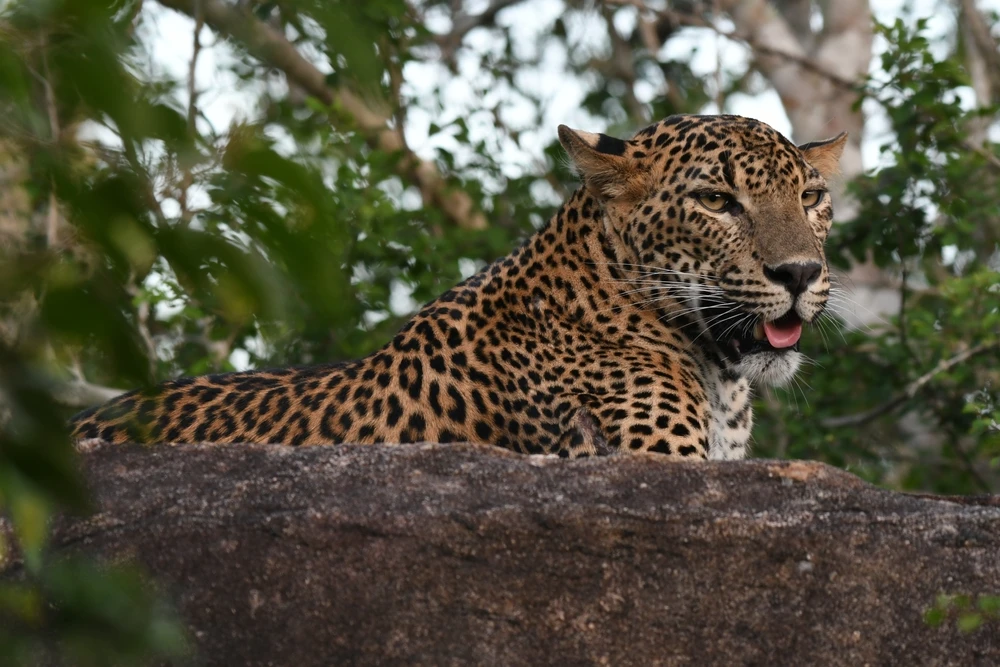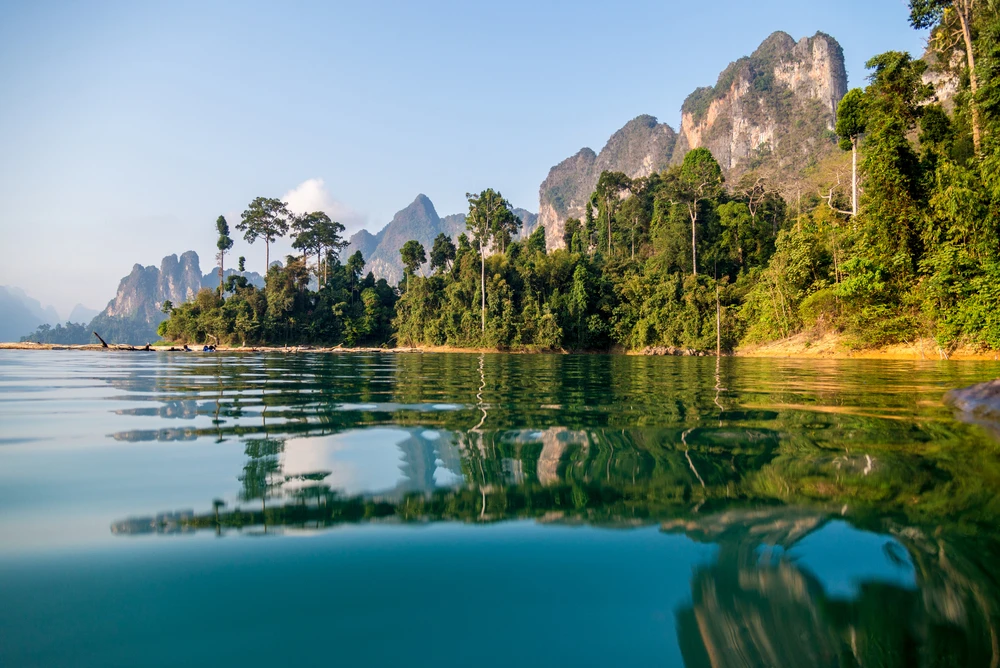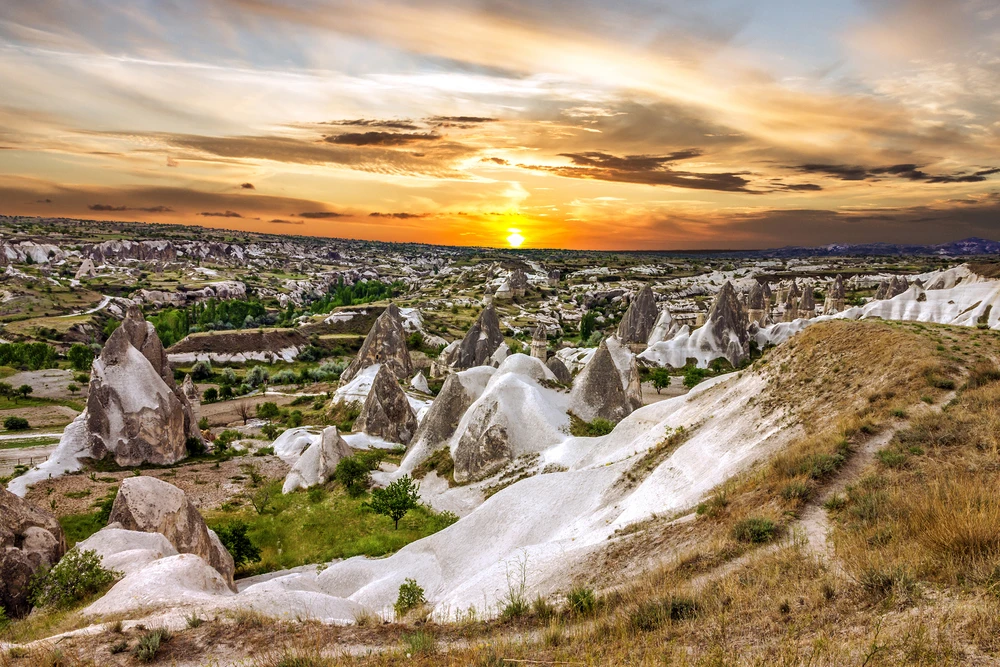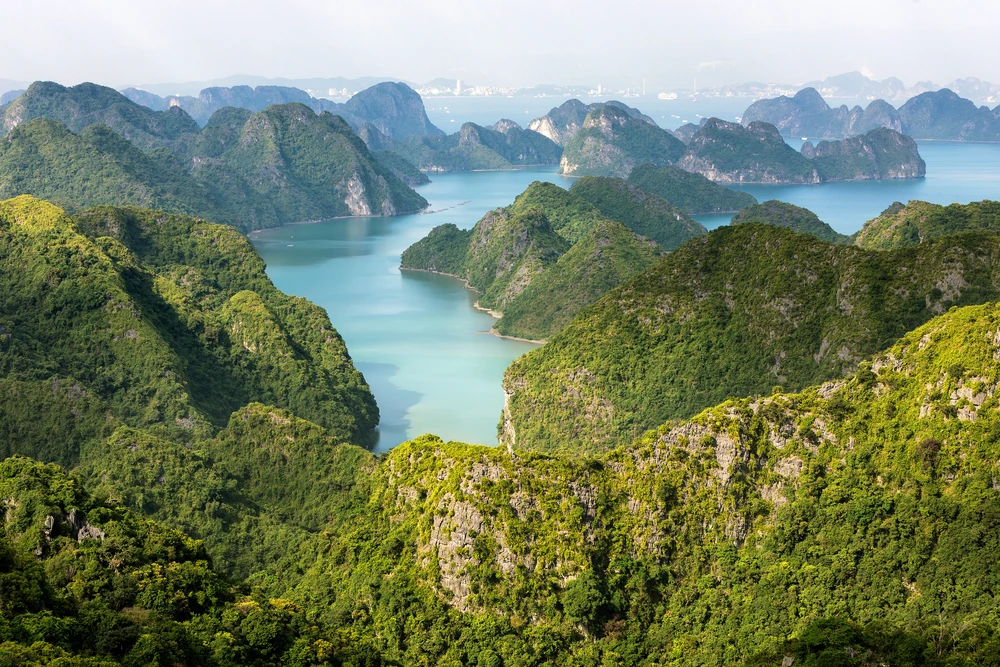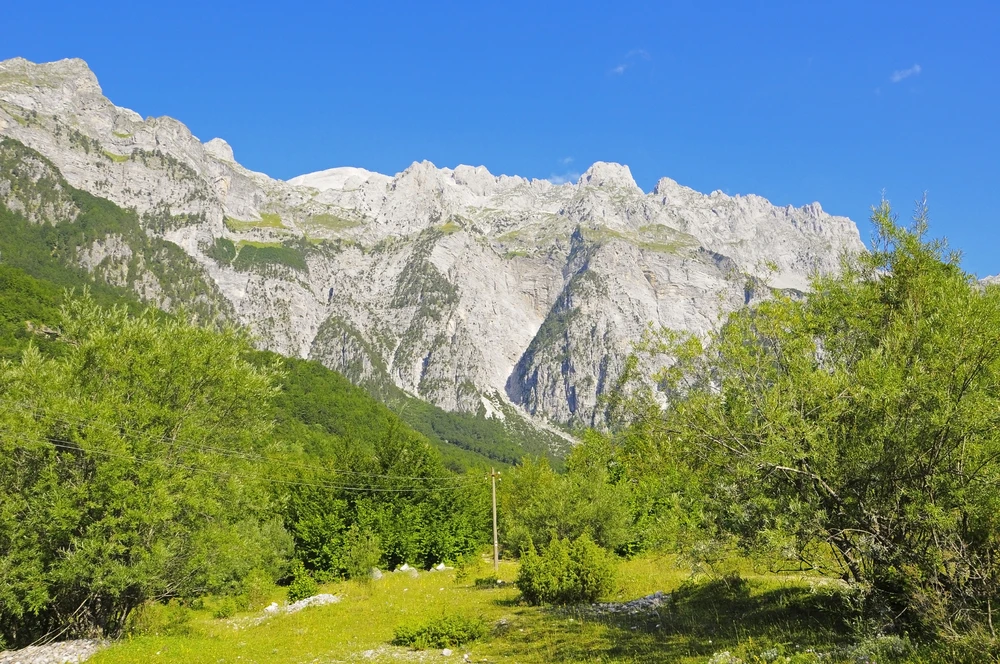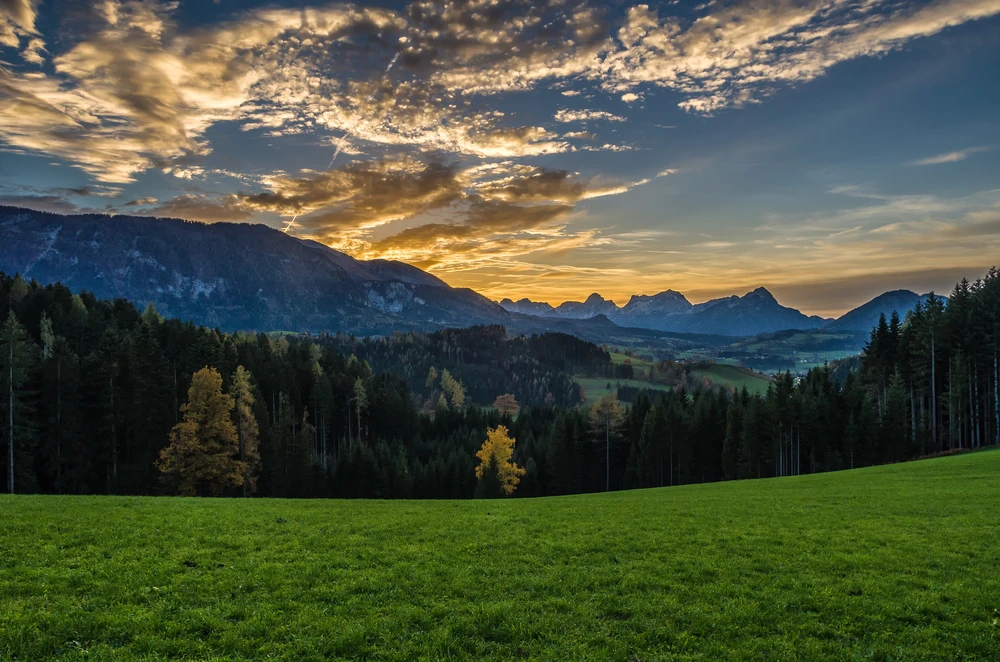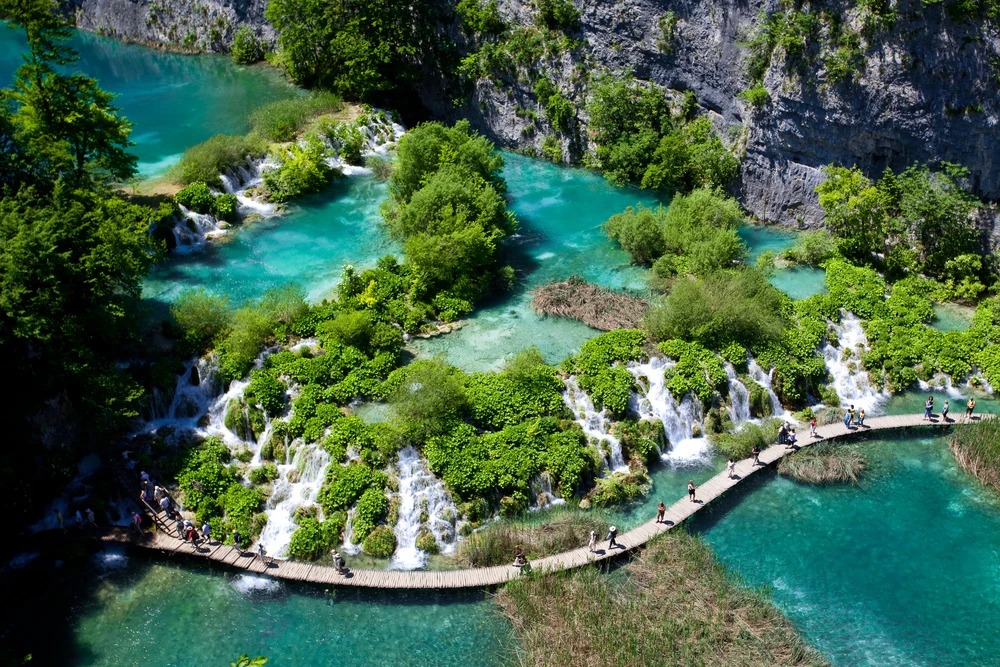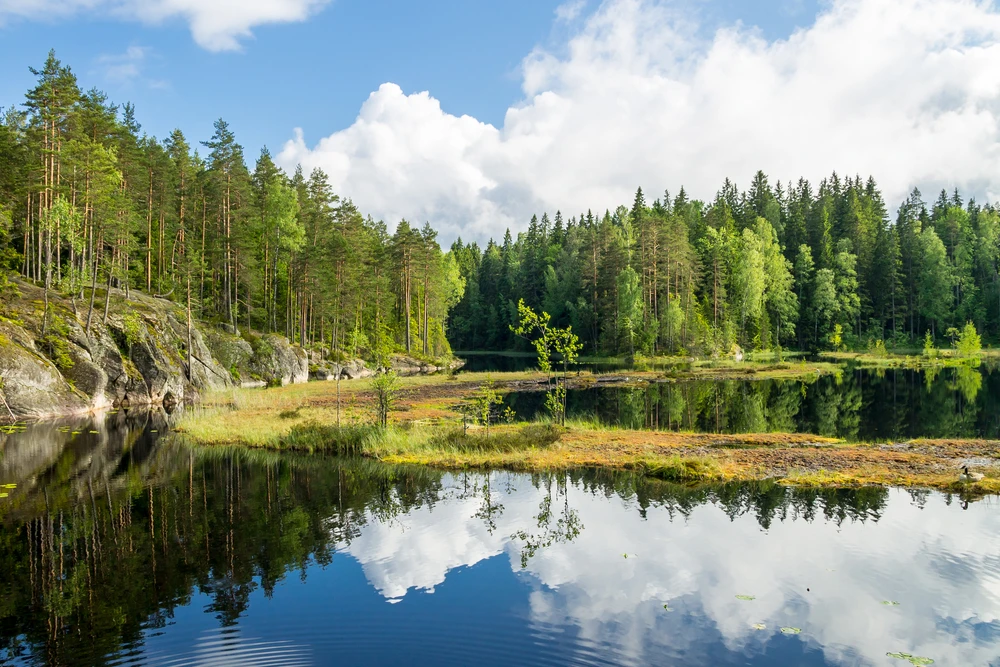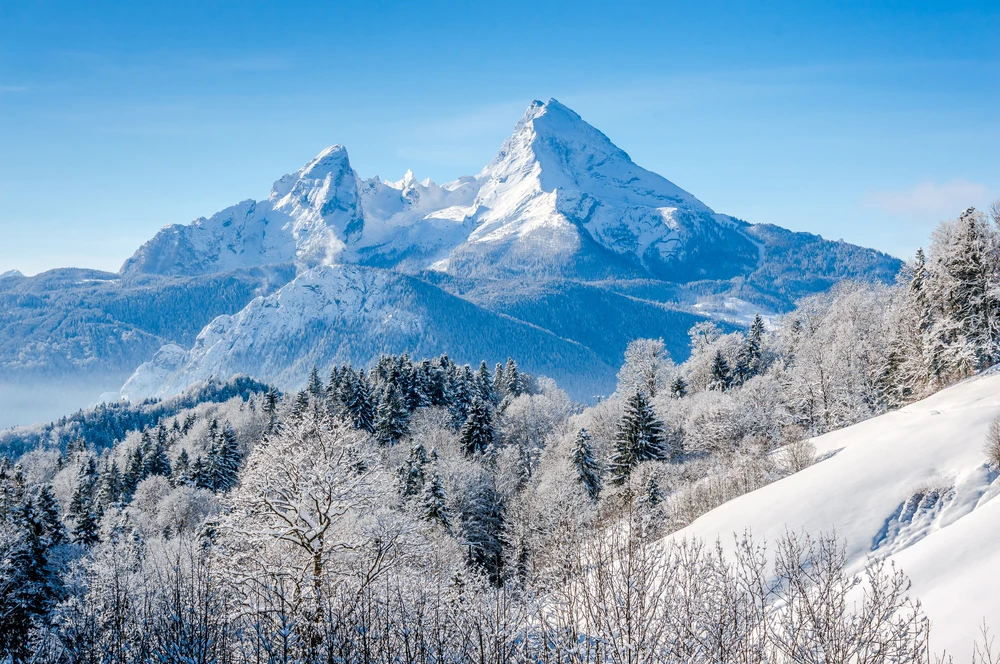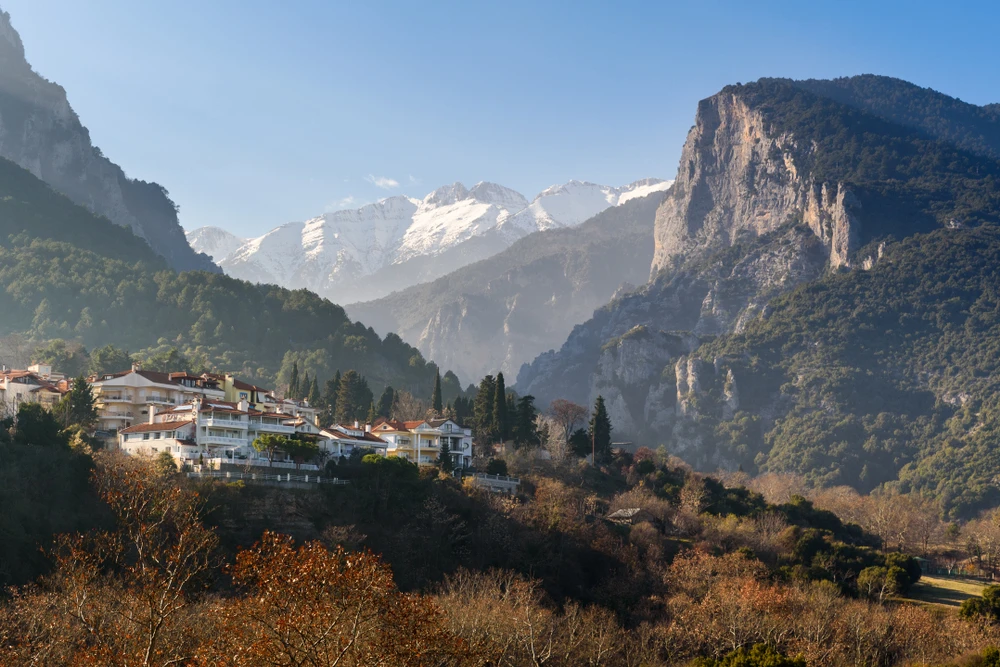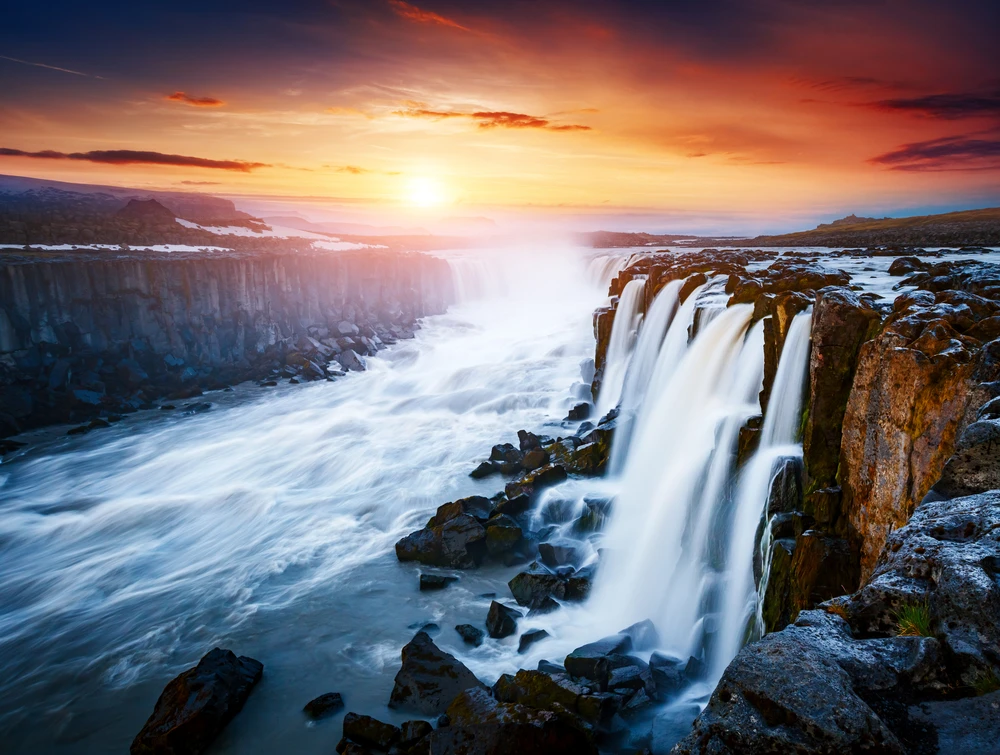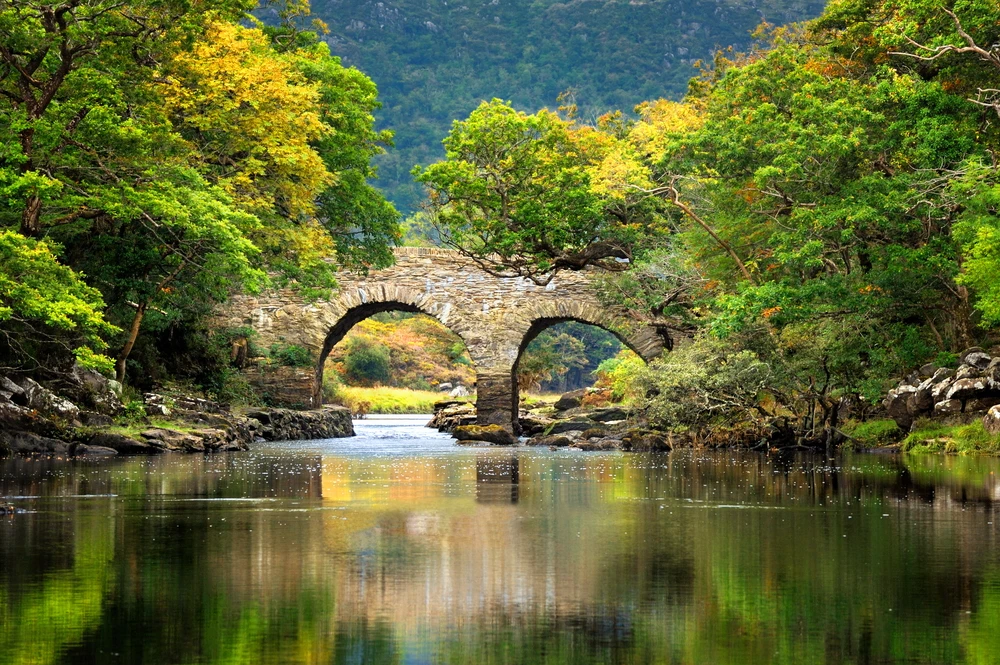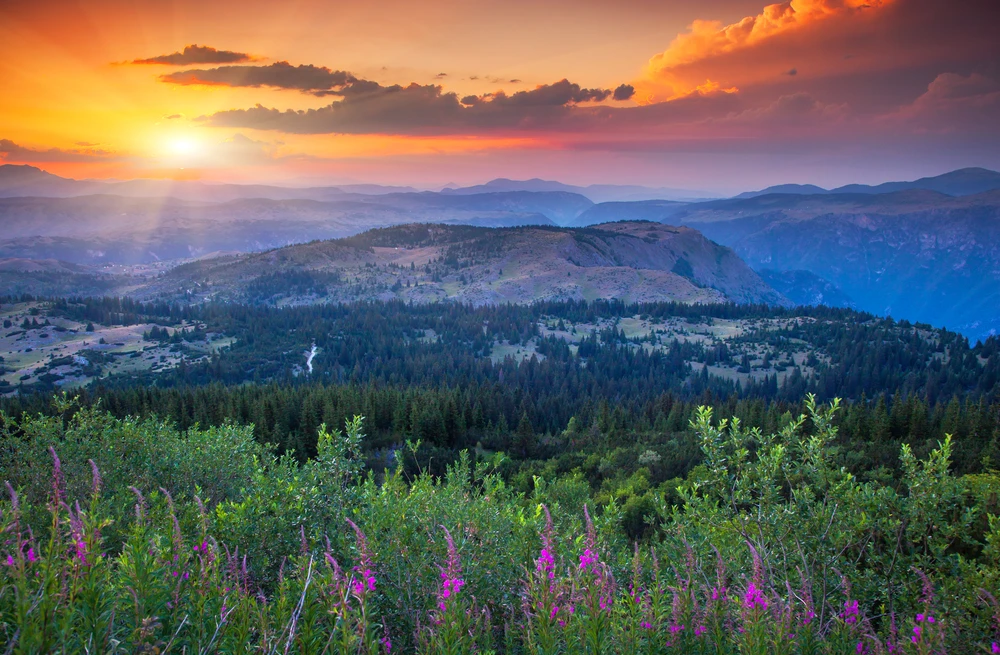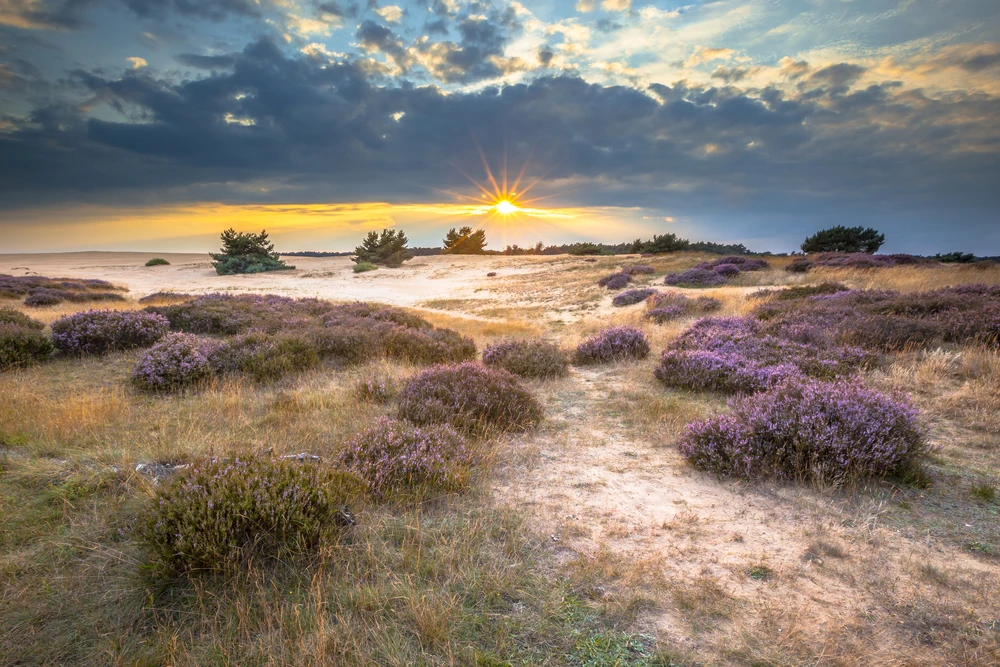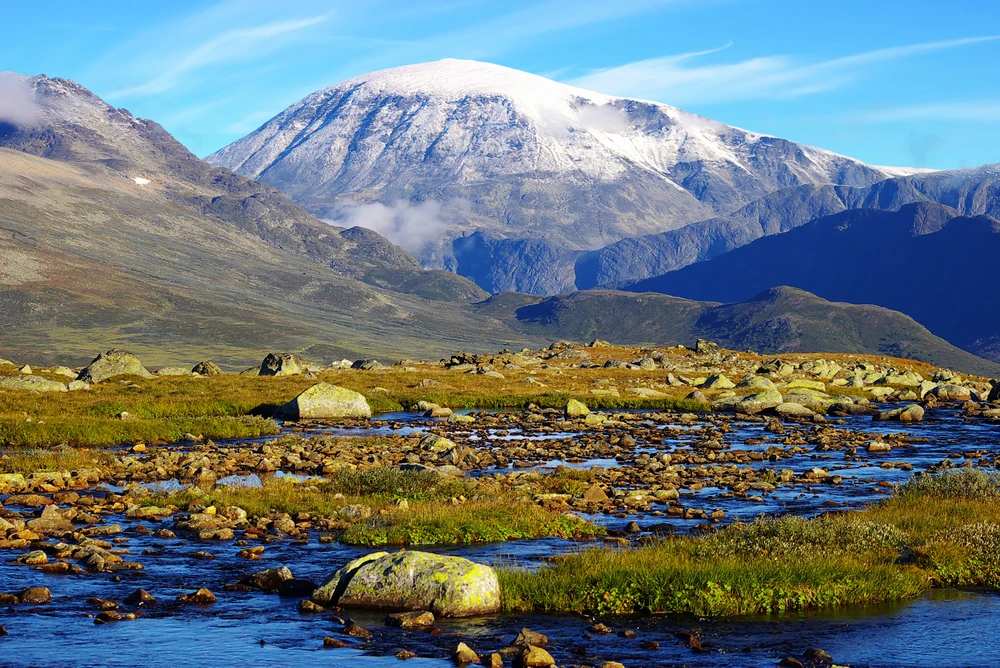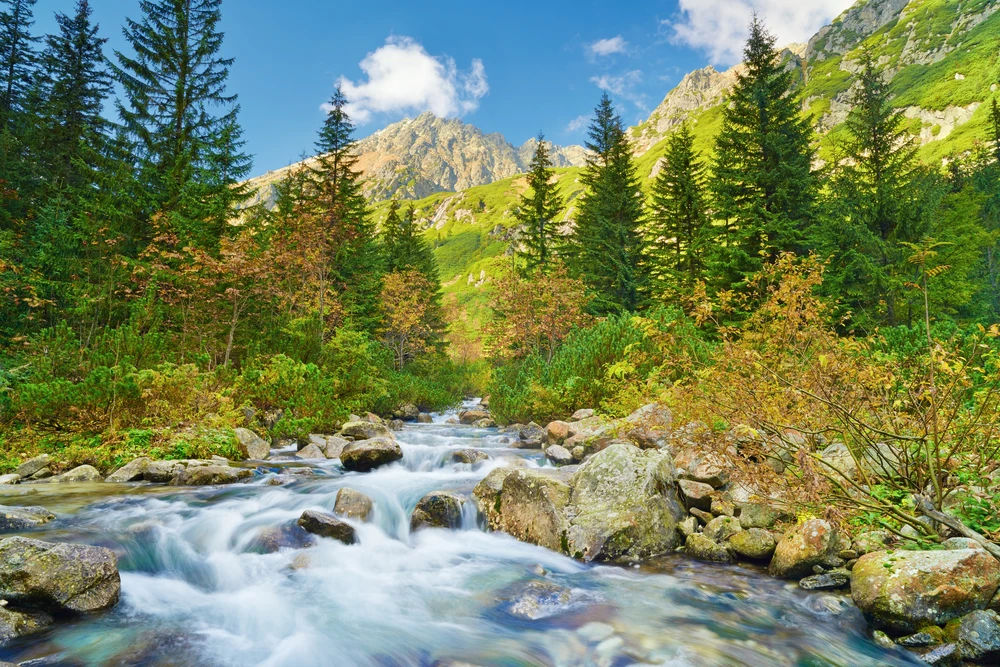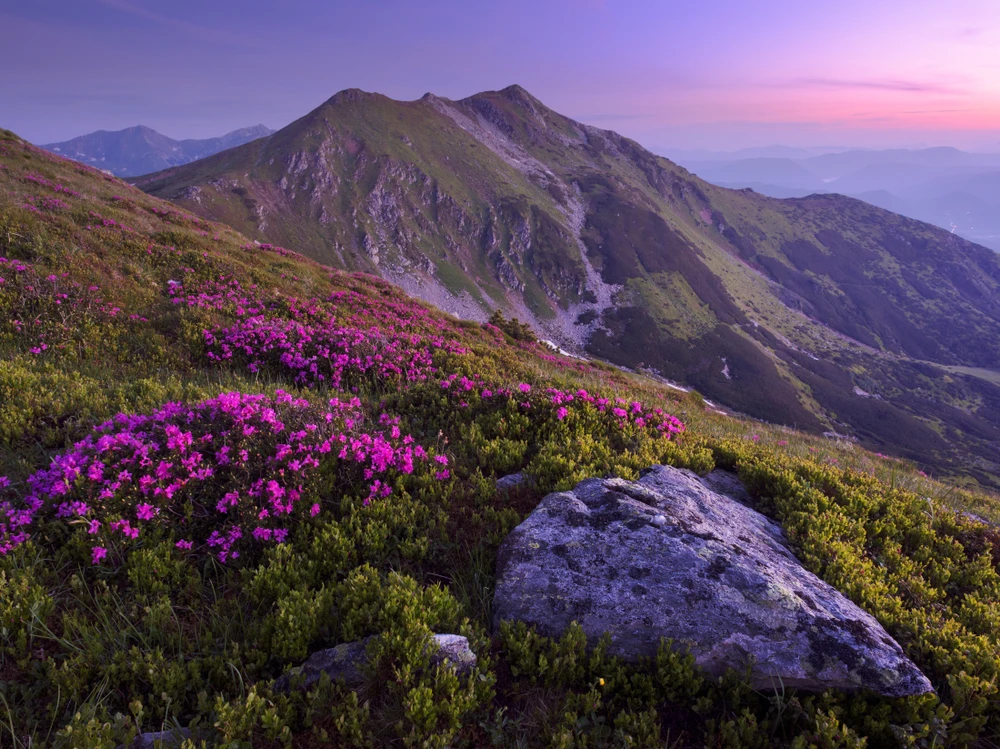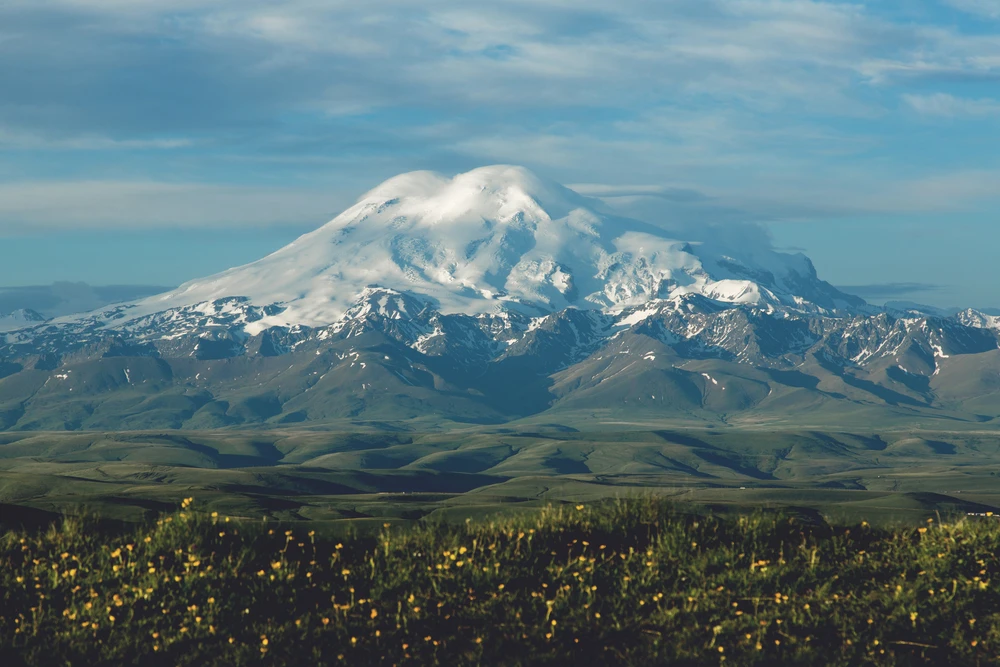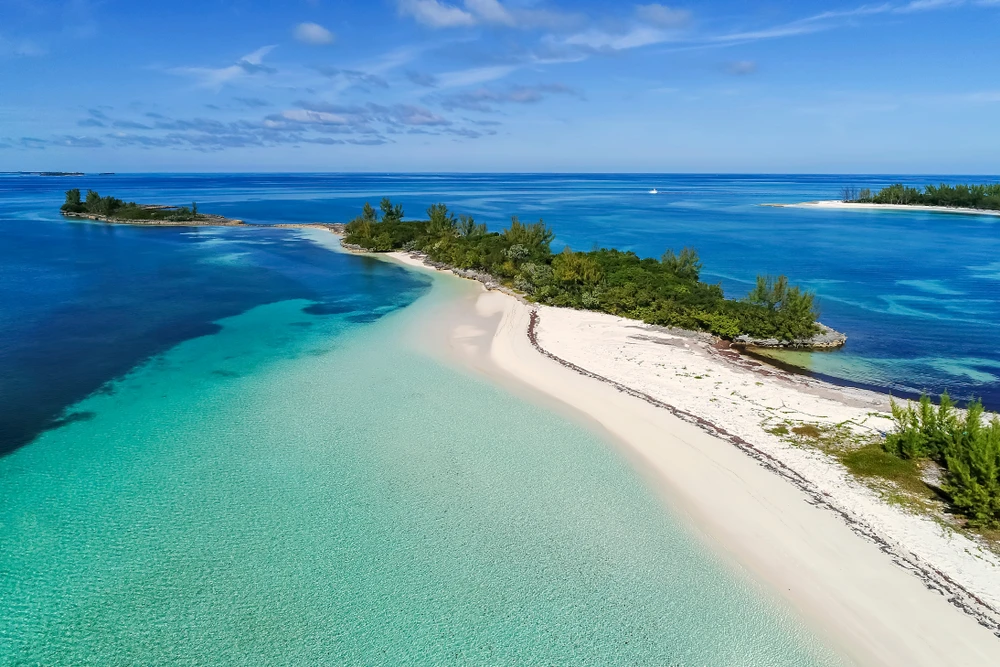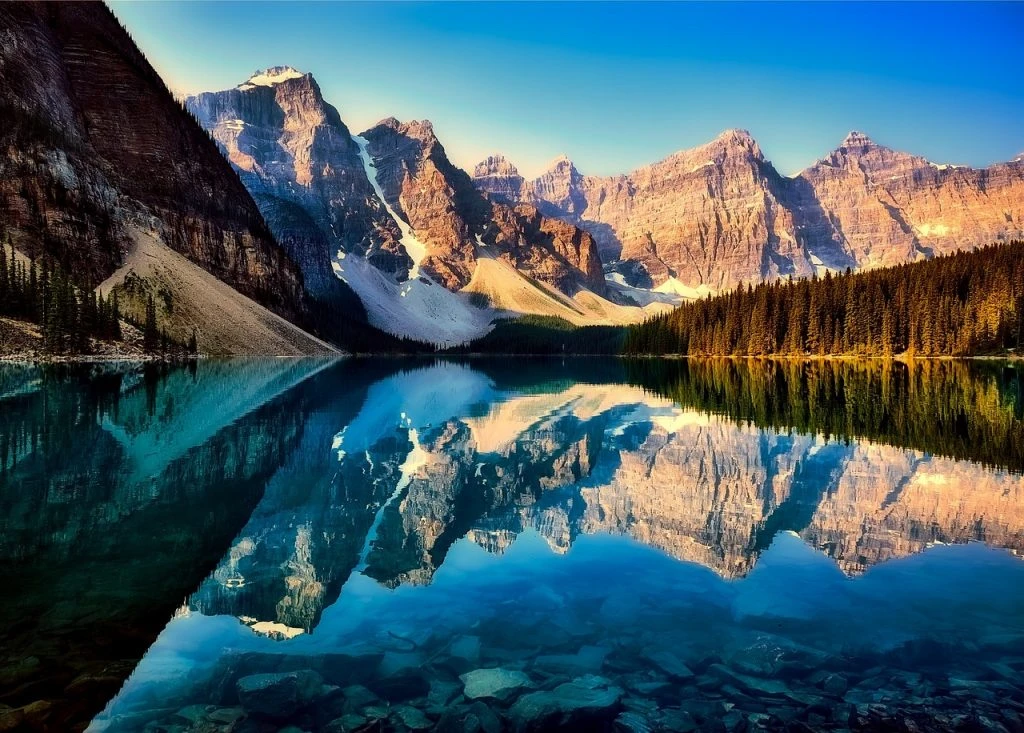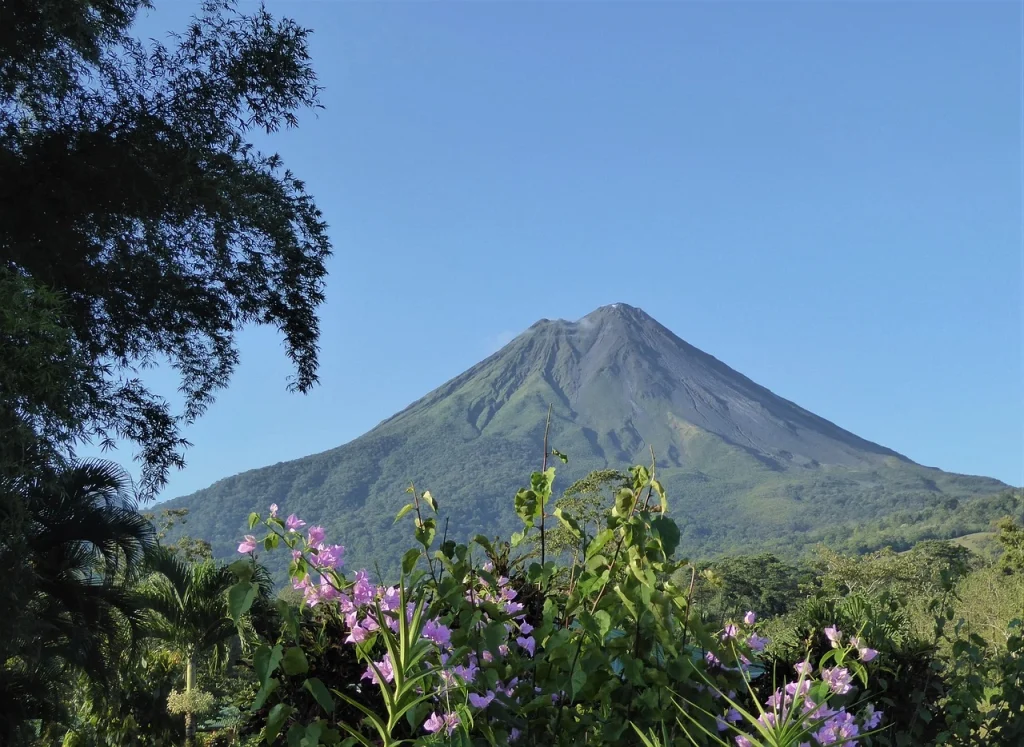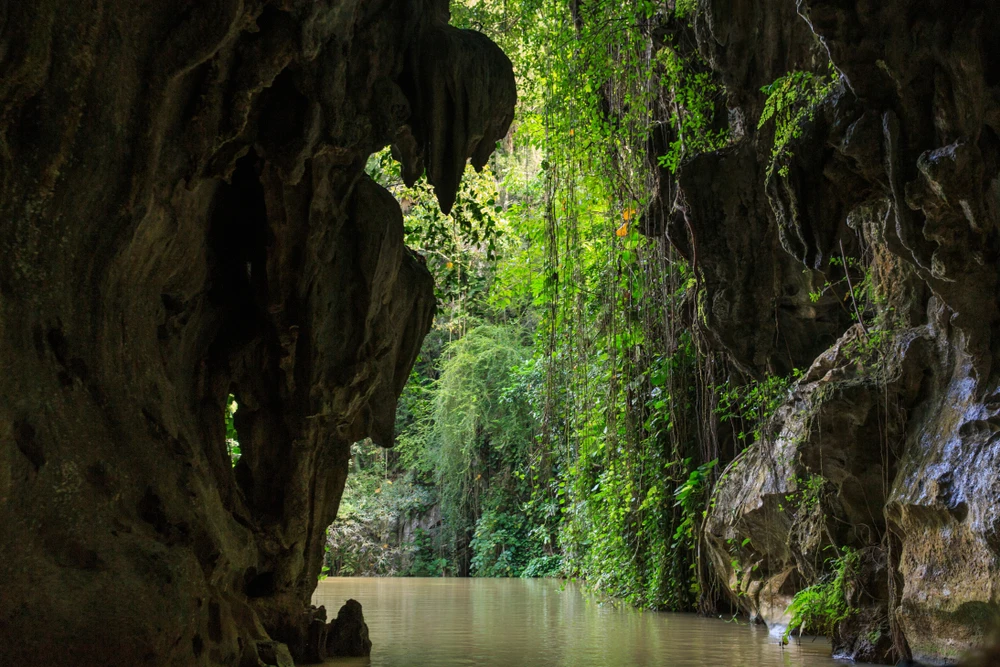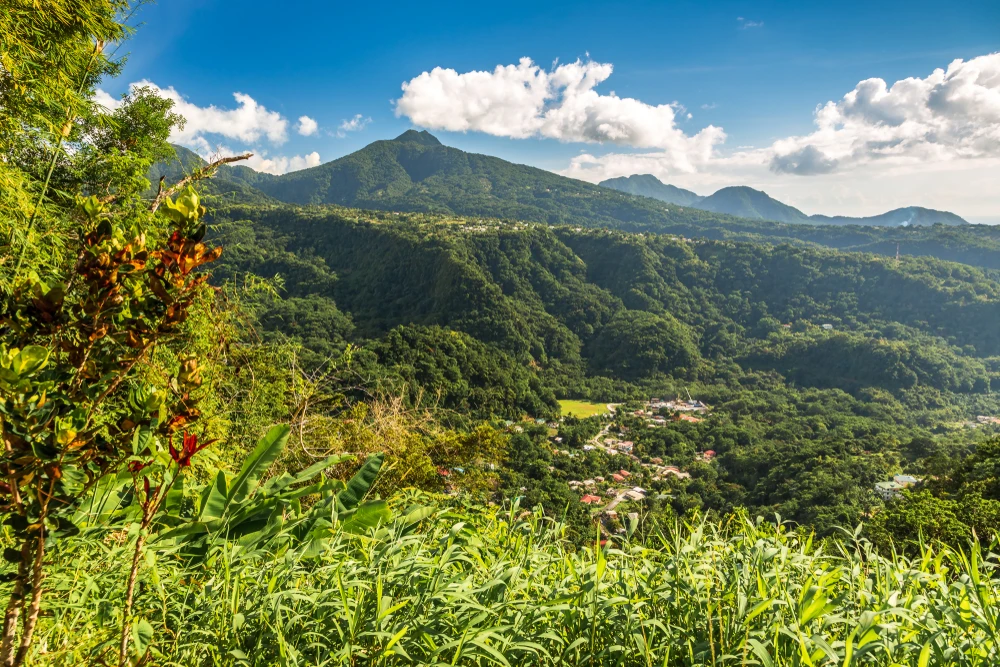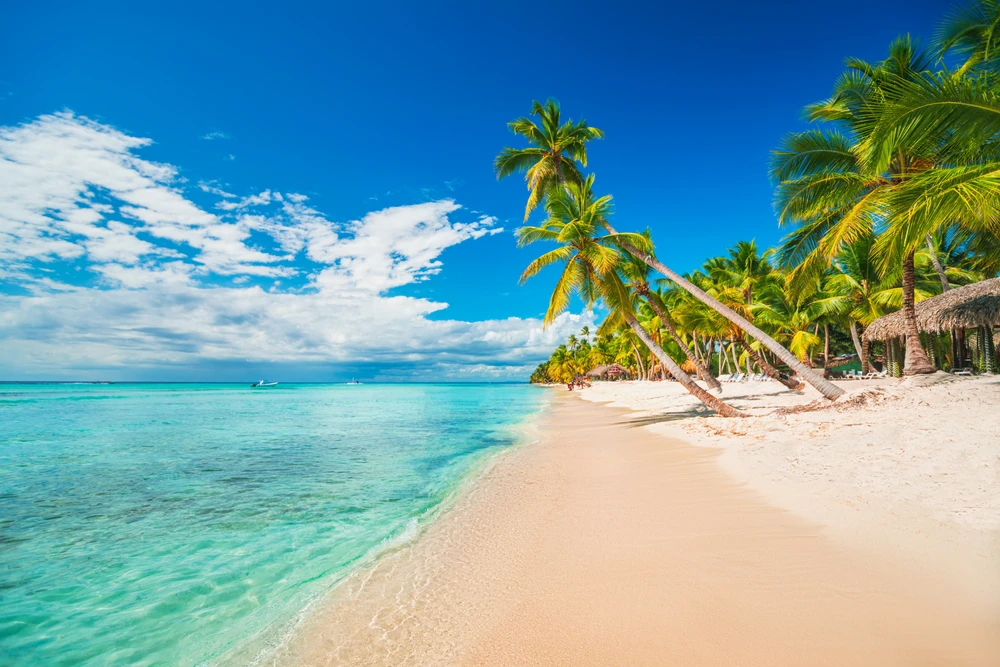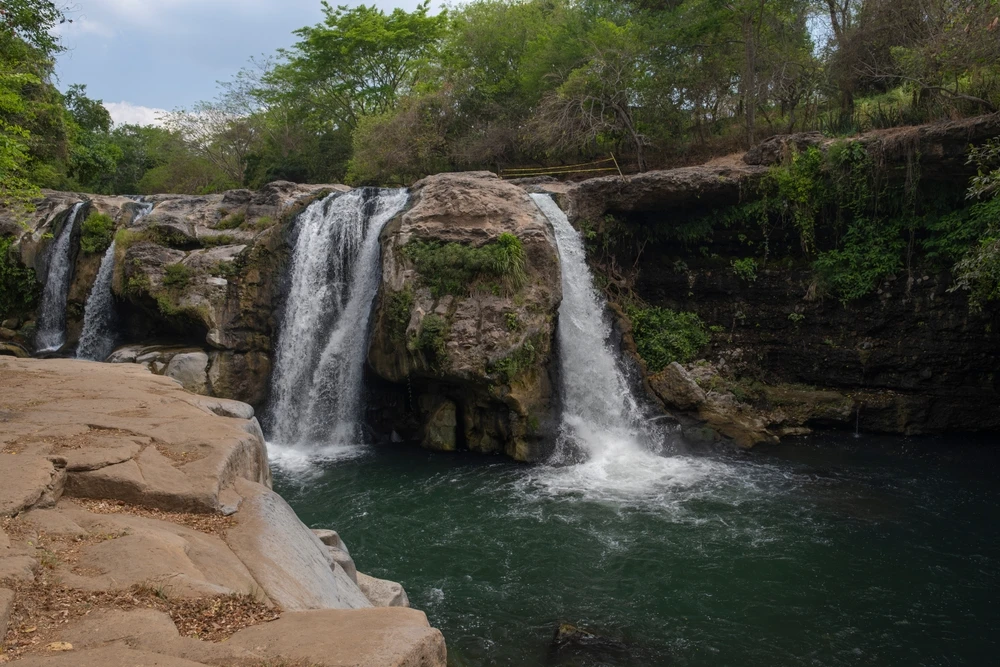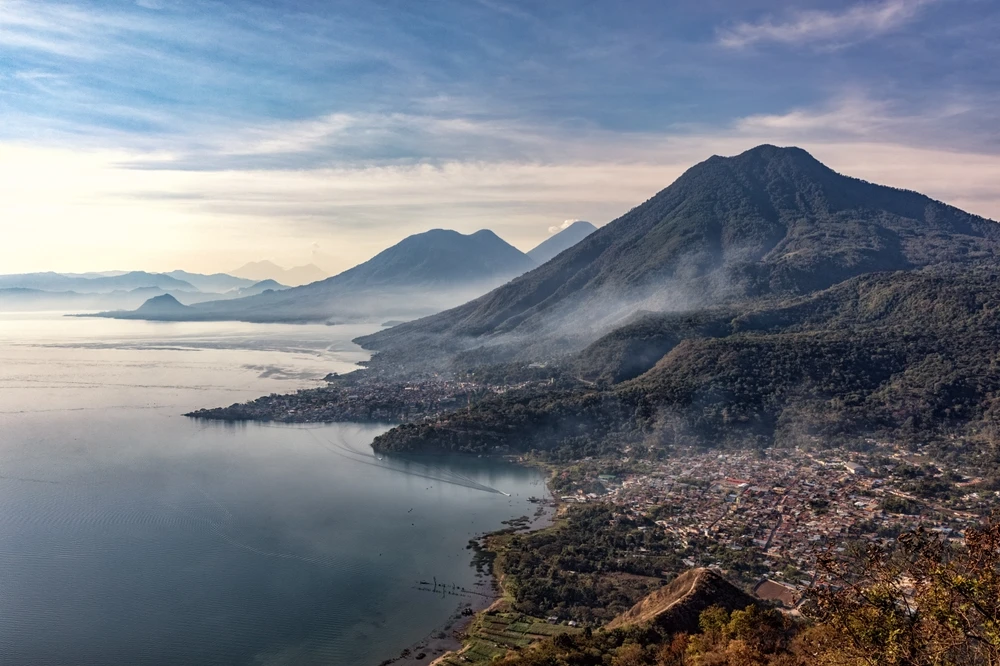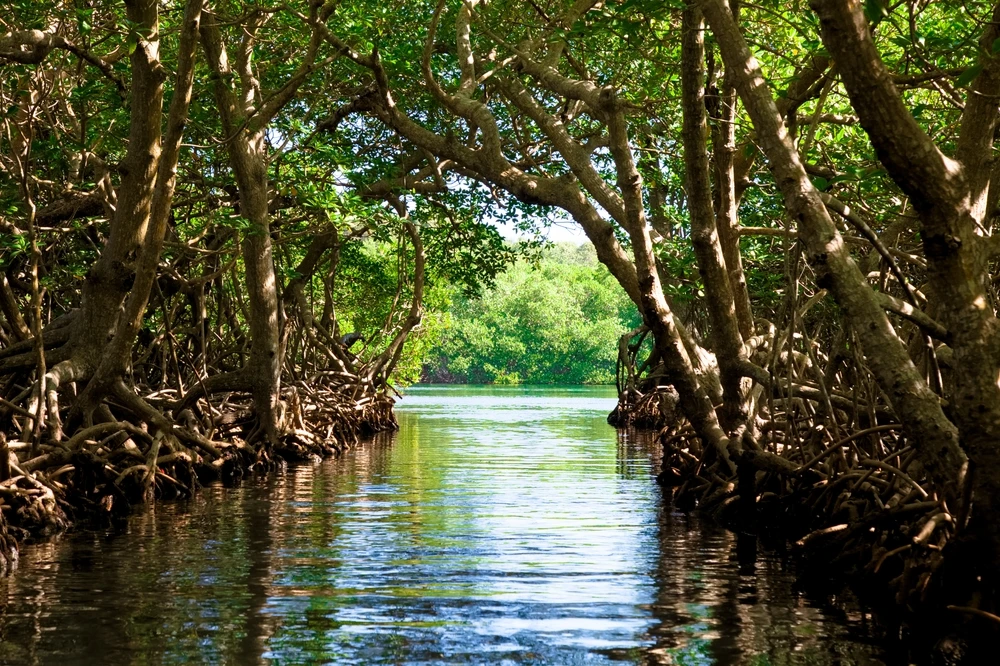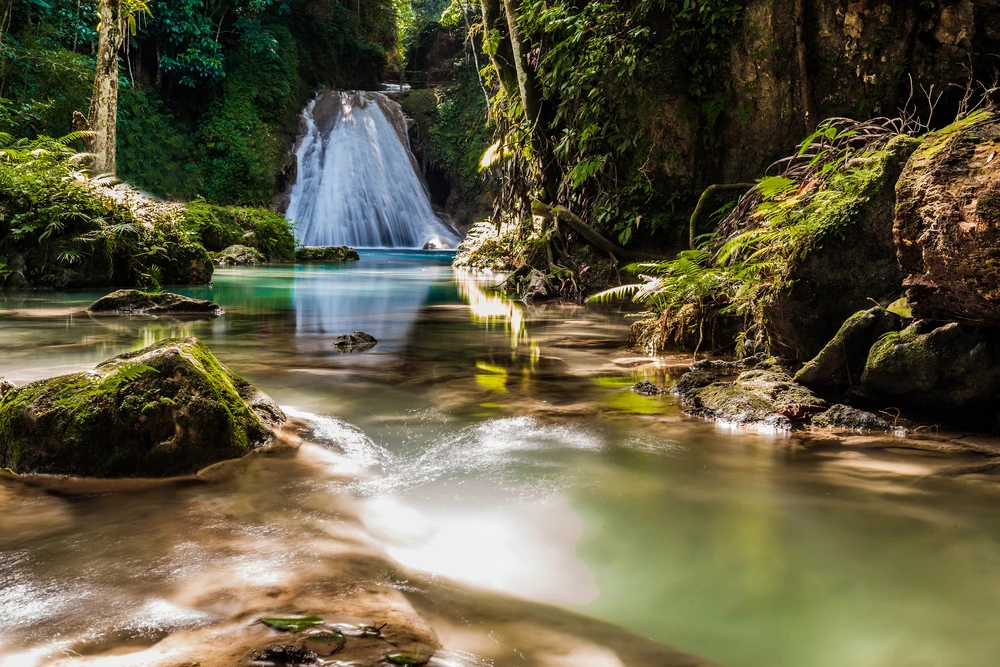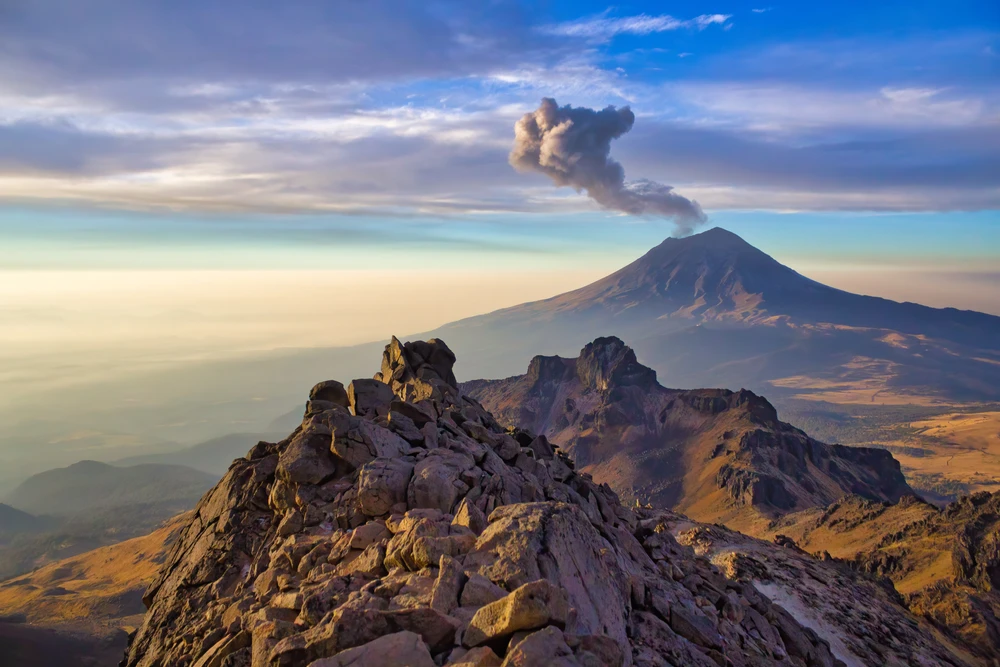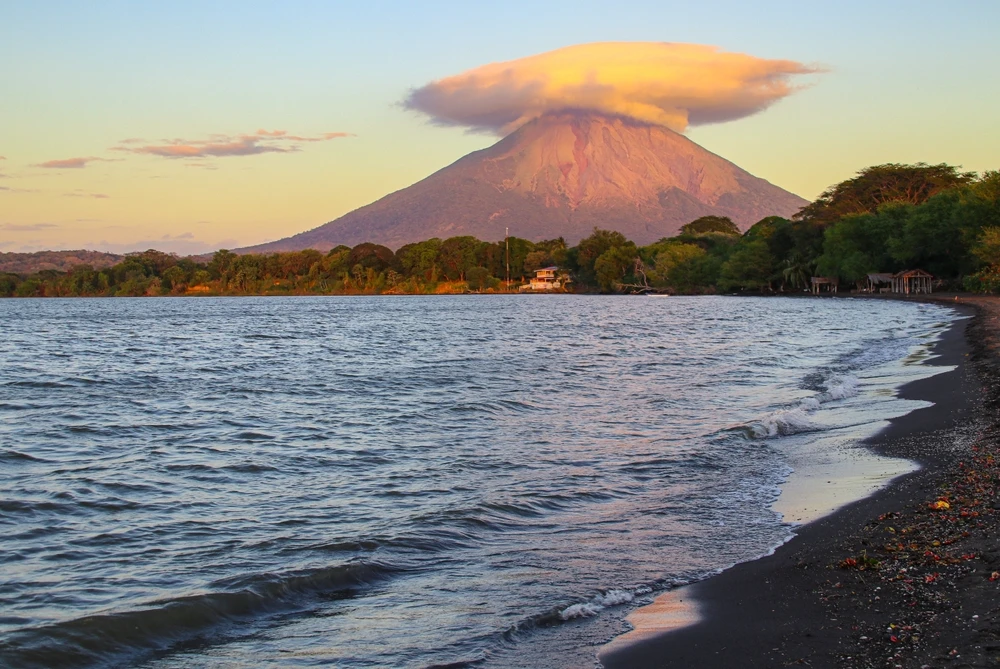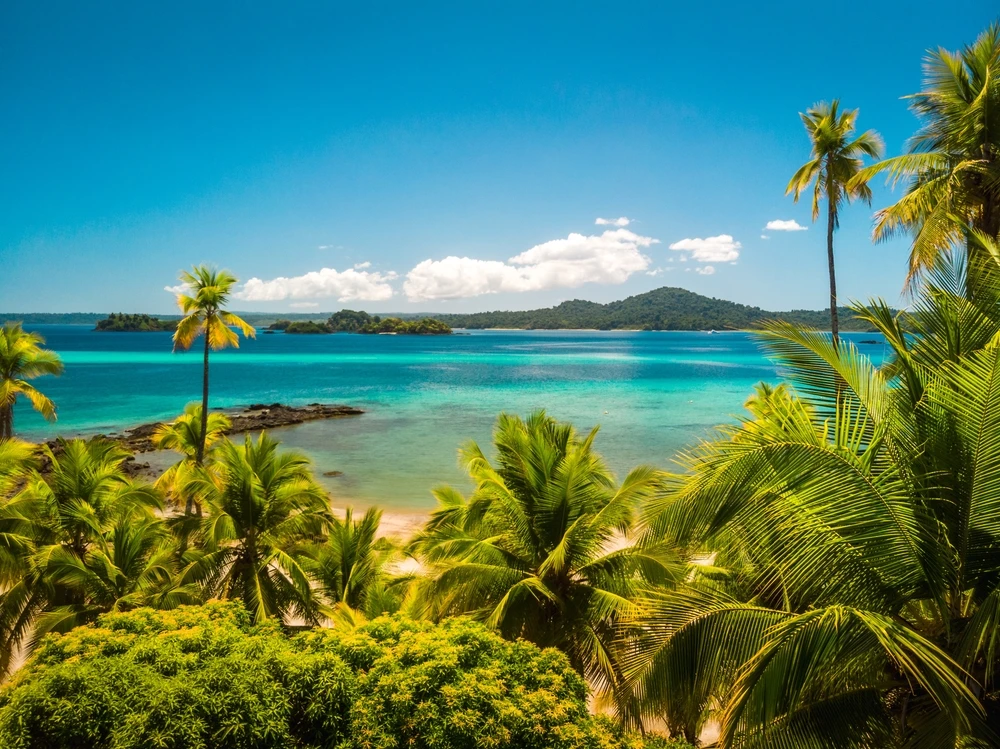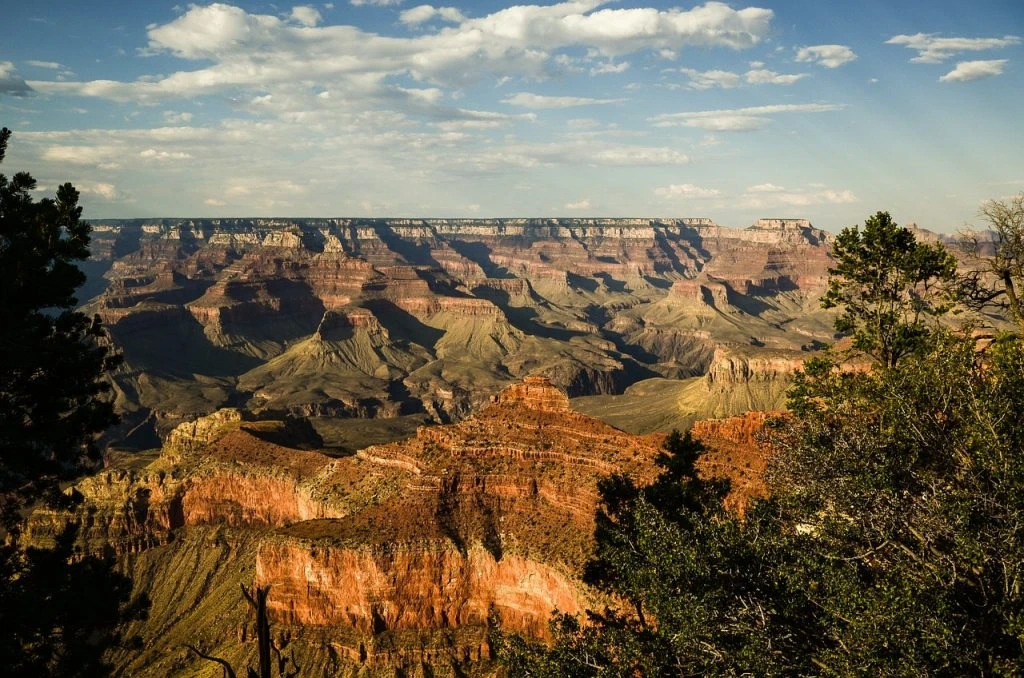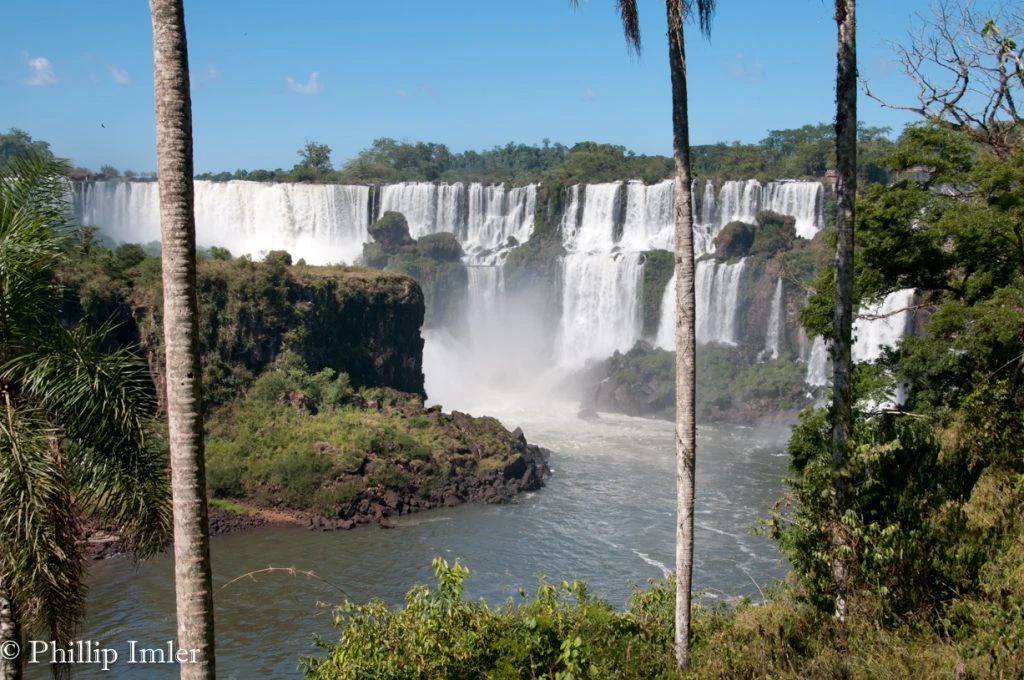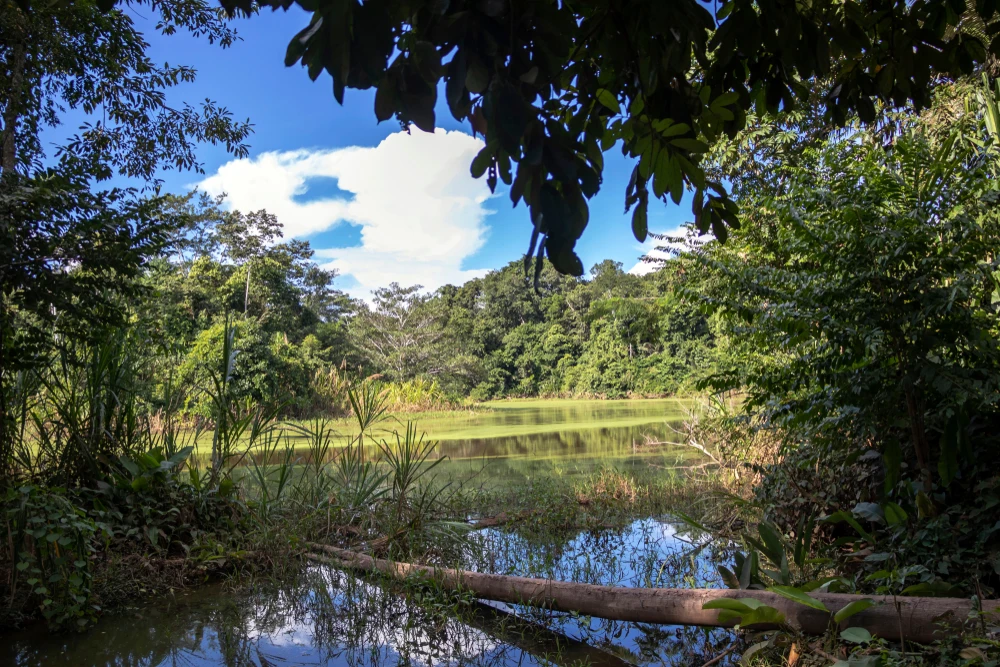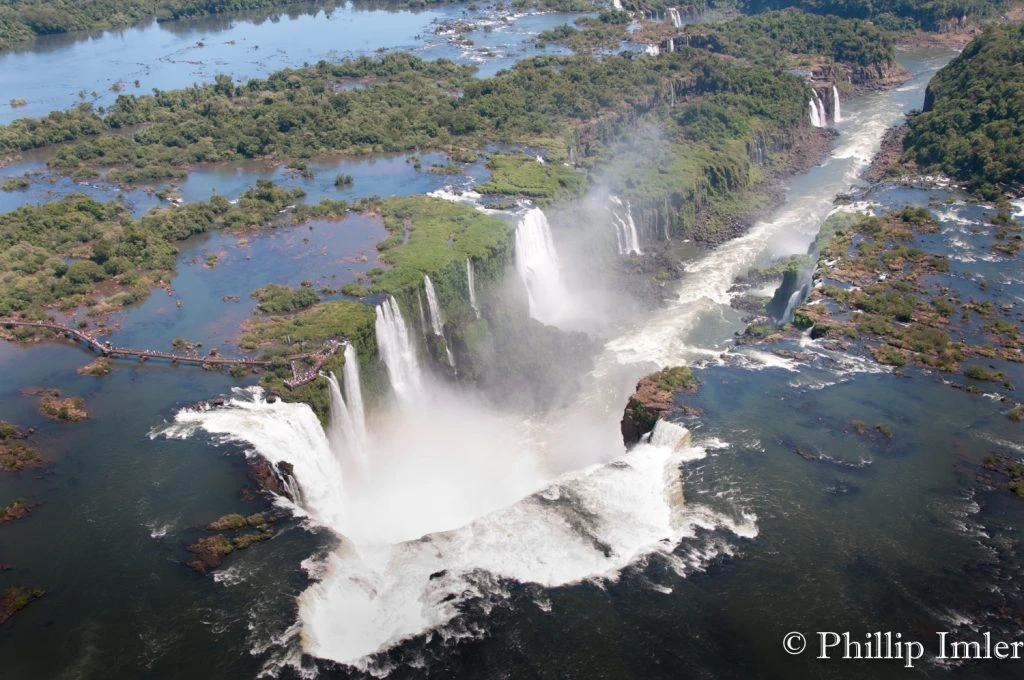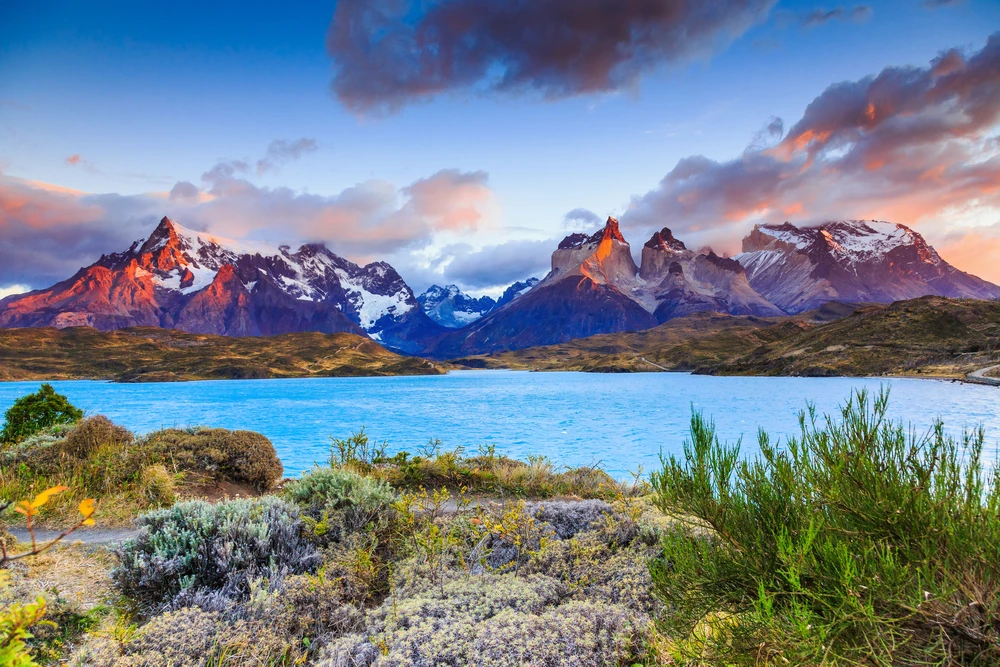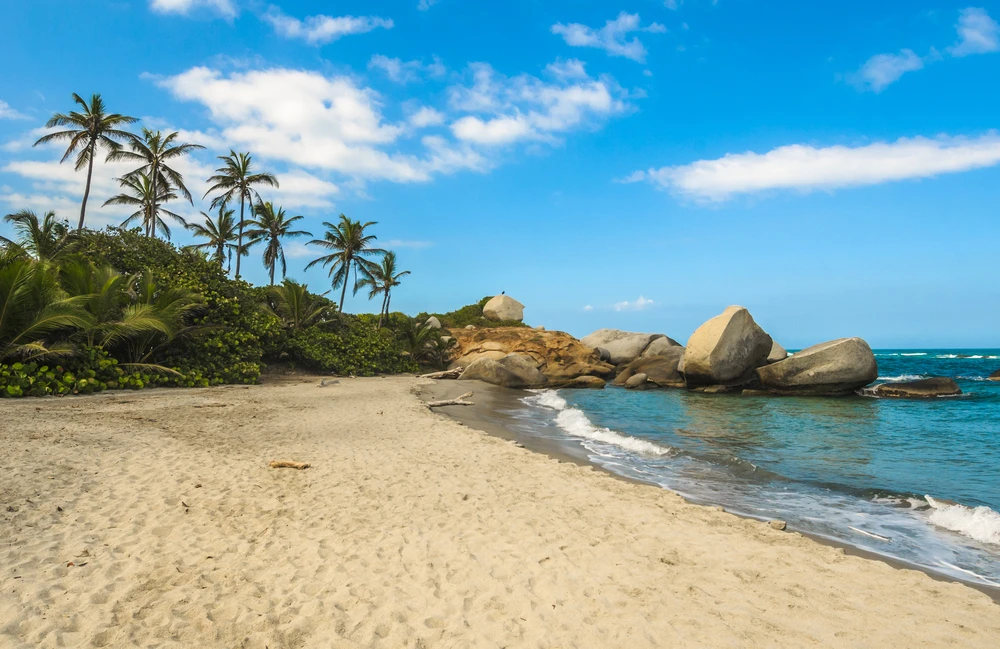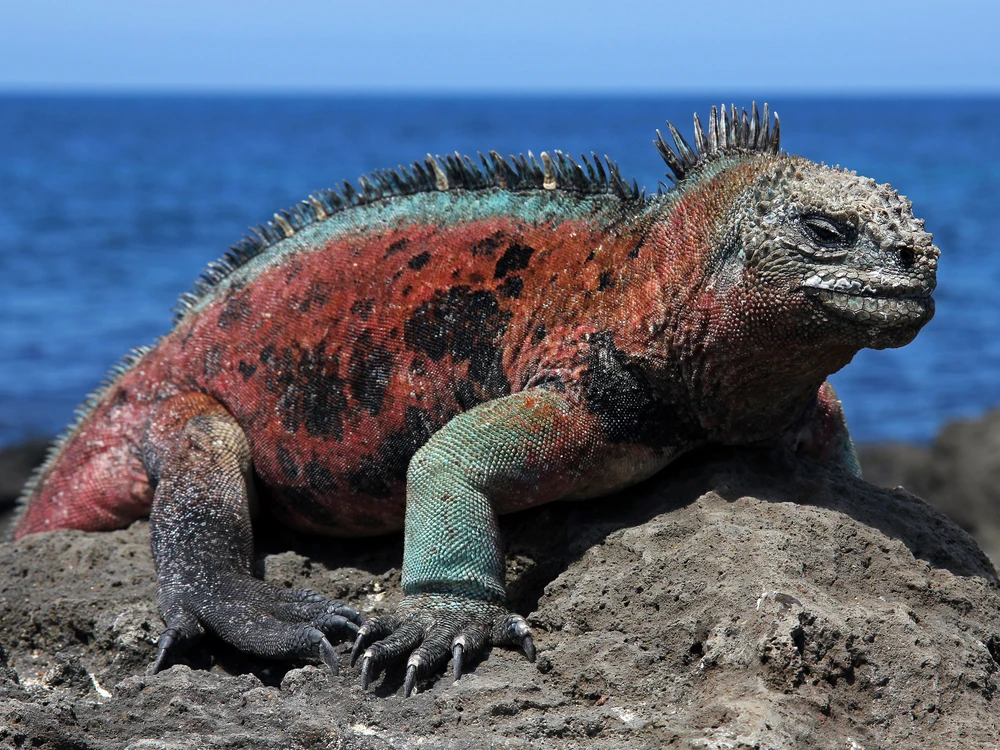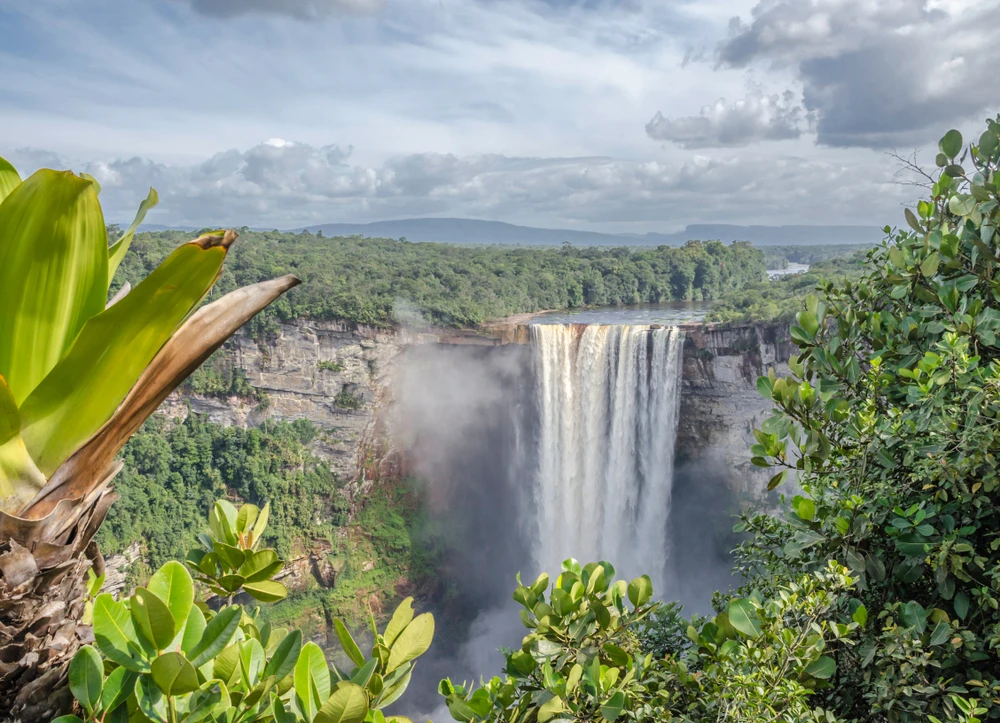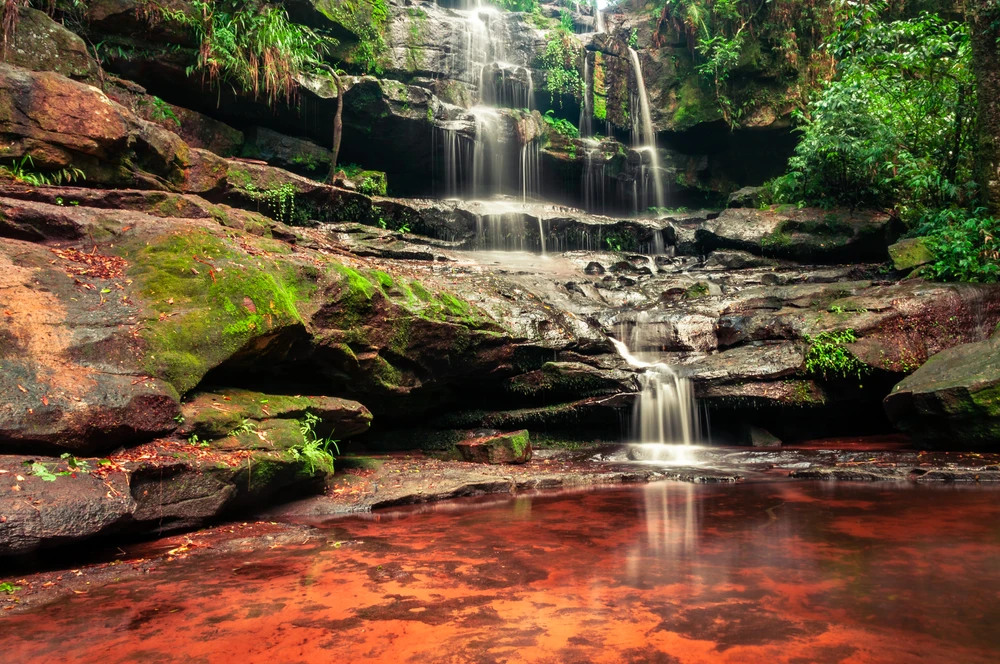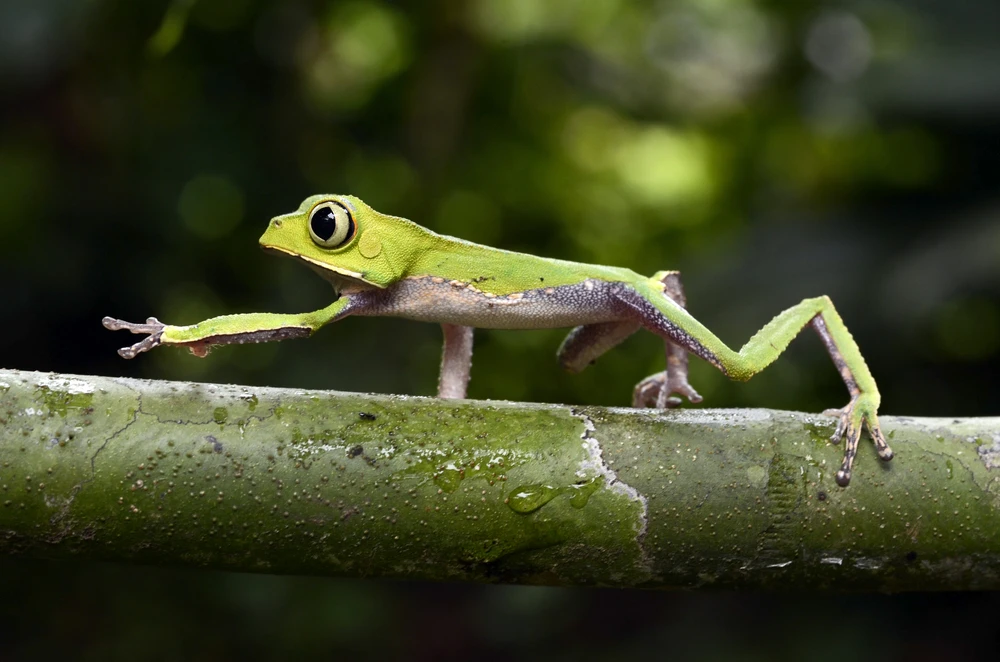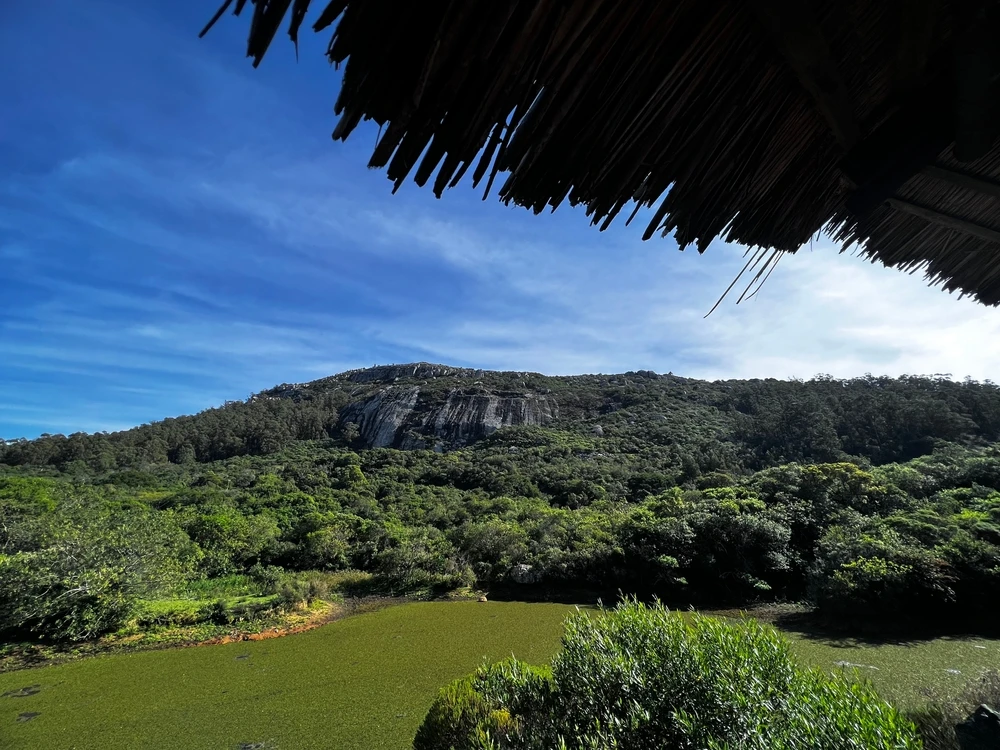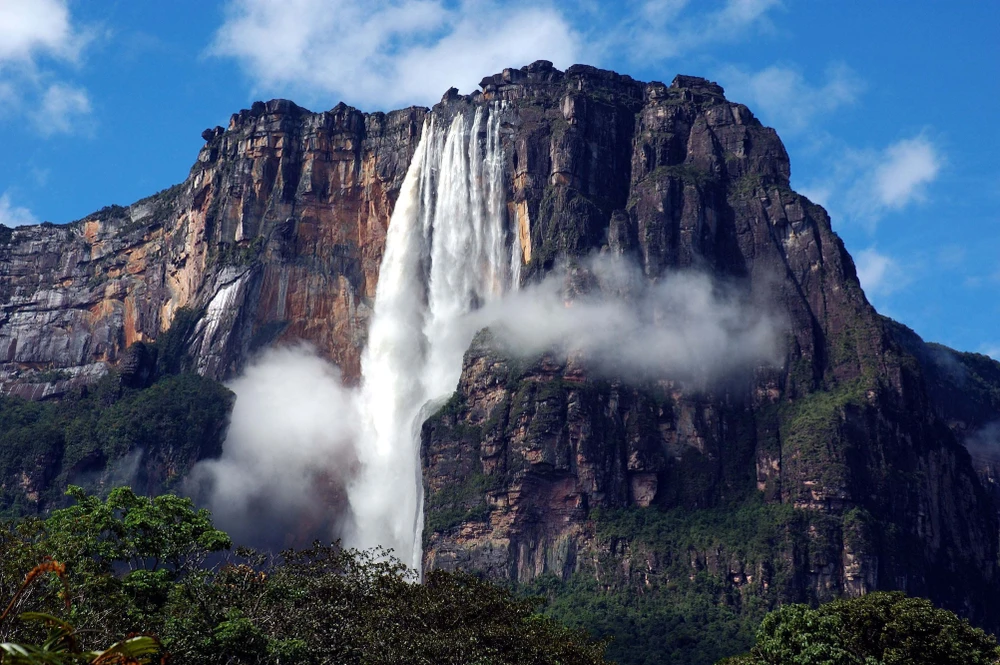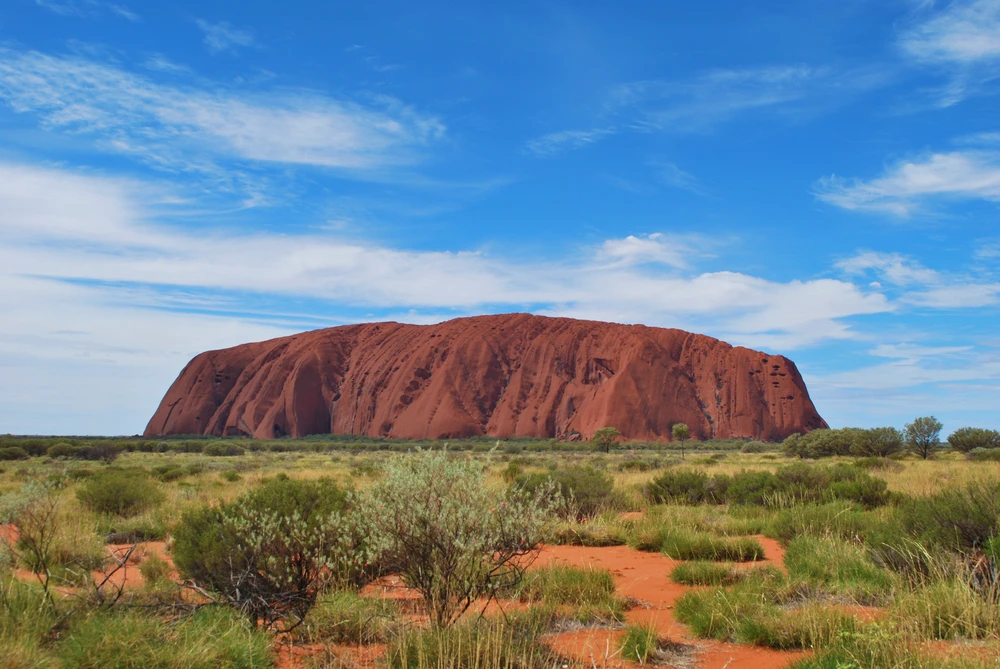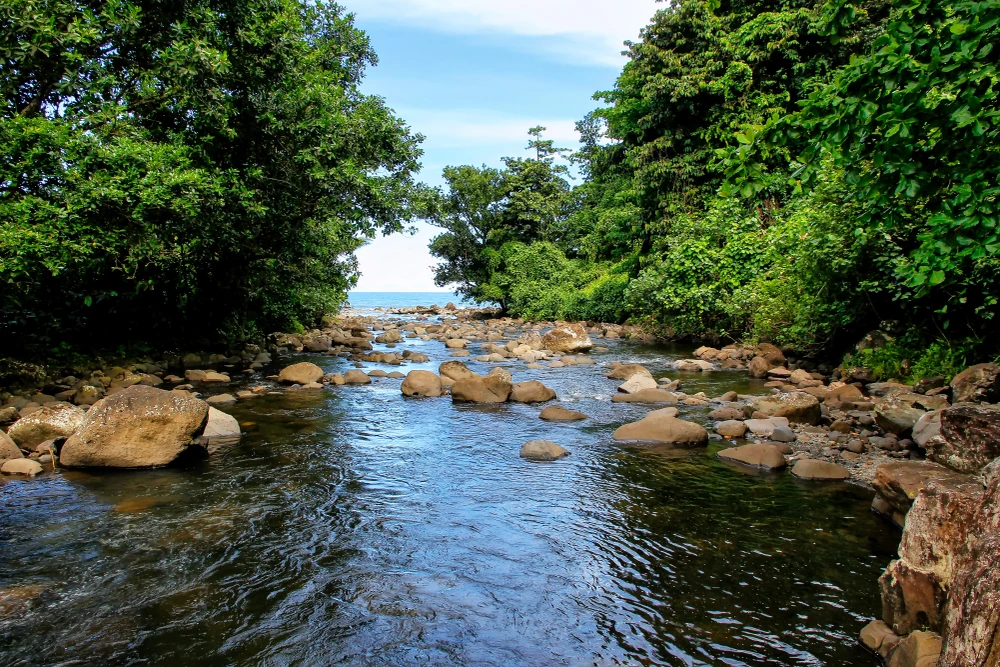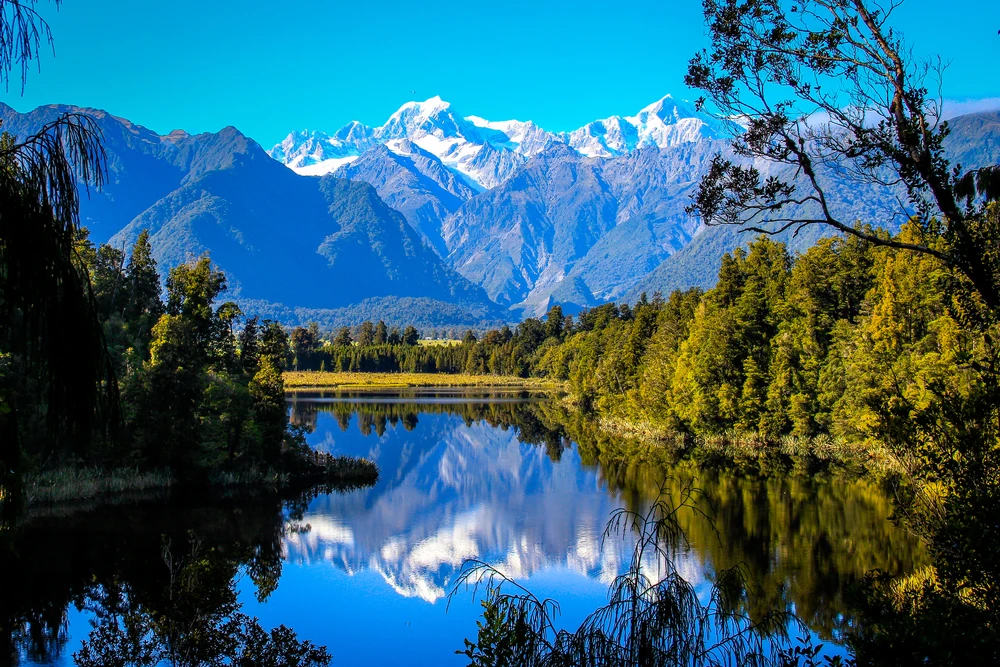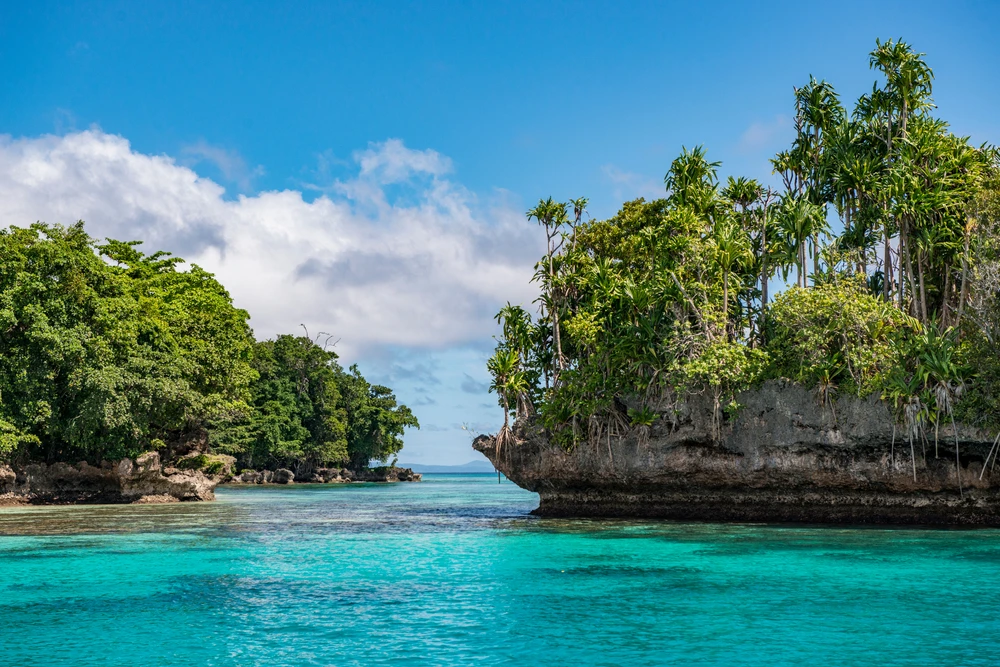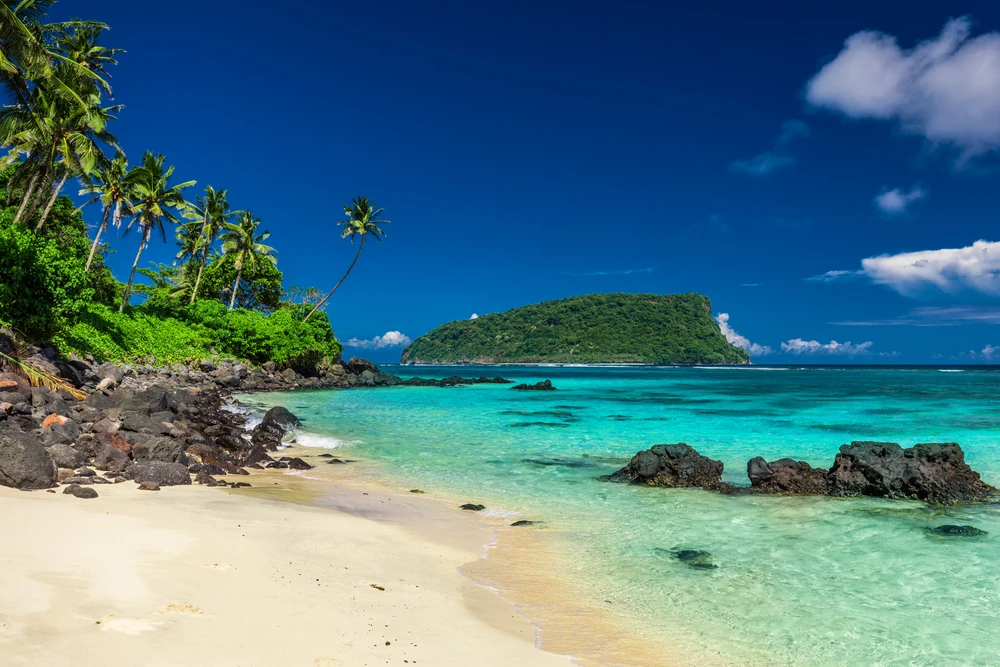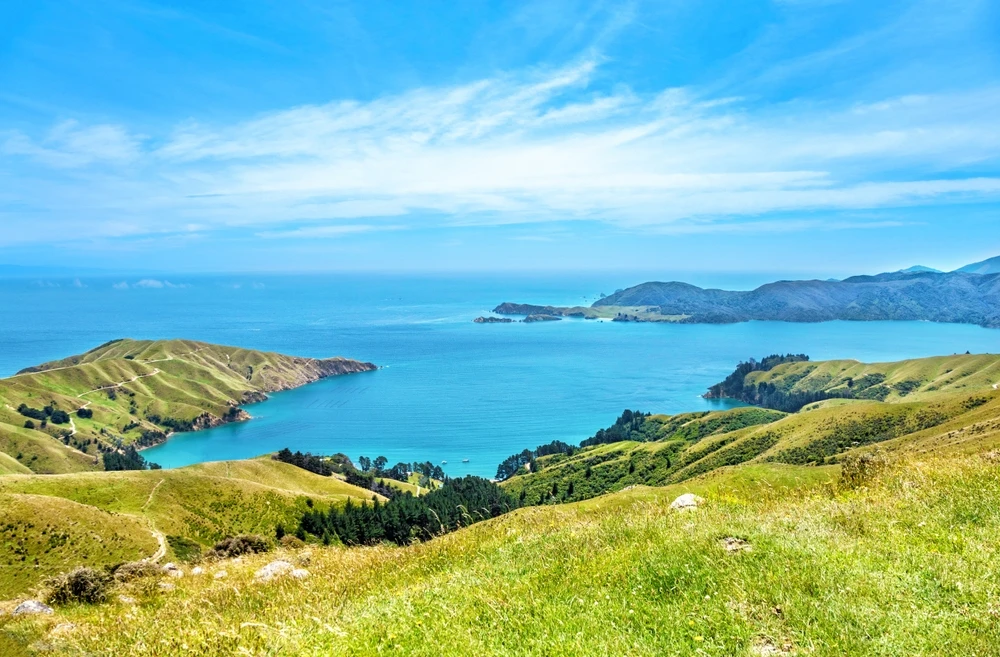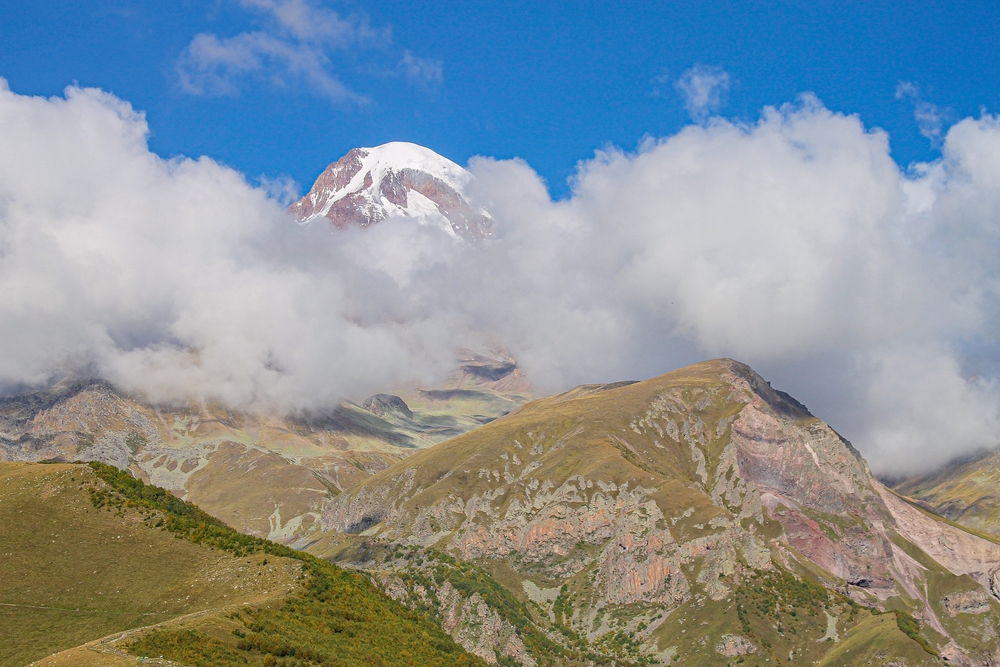The first national park in Georgia is Borjomi-Kharagauli National Park, established in 1995. Situated in central Georgia, this park was created to protect the region’s diverse ecosystems, including forests, alpine meadows, and wildlife. It is one of the largest national parks in Europe and offers both environmental conservation and recreational opportunities for visitors.
About Georgia National Parks
Nestled at the crossroads of Europe and Asia, Georgia boasts a captivating array of national parks that showcase its diverse landscapes, from snow-capped peaks to lush lowlands. The country is home to 14 officially designated national parks, each offering unique ecological treasures and opportunities for outdoor adventure. Georgia’s parks reflect its commitment to preserving its natural heritage and promoting sustainable tourism, with landscapes that include the towering Caucasus Mountains, verdant valleys, and ancient forests teeming with wildlife.
One of the most popular national parks in Georgia is Kazbegi National Park, located in the north near the Russian border. This park is renowned for its dramatic alpine scenery and the iconic Mount Kazbek, a dormant stratovolcano that rises to 5,047 meters. Visitors flock to Kazbegi to hike the picturesque trails, explore the Gergeti Trinity Church perched on a hilltop, and marvel at cascading waterfalls and glacier-fed rivers.
Mtirala National Park, in the Adjara region, offers a strikingly different experience. Situated in one of the most humid parts of Georgia, the park’s name, which means “crying,” refers to its frequent rainfall. Mtirala is a haven for biodiversity, with dense, moss-covered forests, endemic plant species, and a range of wildlife, including brown bears and golden eagles. The park’s well-marked trails lead visitors through serene landscapes dotted with small waterfalls and sparkling streams.
Another must-visit is Borjomi-Kharagauli National Park, one of the largest in Europe. Spanning over 85,000 hectares, it encompasses diverse ecosystems ranging from alpine meadows to ancient oak forests. The park is a favorite among hikers and campers, with numerous trails offering varying levels of difficulty. It’s also home to a wide variety of flora and fauna, including red deer, lynx, and over 60 species of birds.
Georgia’s national parks face challenges in balancing conservation with growing tourism. Deforestation, illegal hunting, and encroachment pose threats to the ecosystems. However, the country has made significant strides in environmental conservation, including reforestation projects, wildlife protection initiatives, and community-based eco-tourism programs. These efforts are supported by international partnerships and local engagement, ensuring that natural resources are preserved for future generations.
Whether trekking through the majestic Caucasus or exploring the lush forests of the west, Georgia’s national parks offer an unparalleled glimpse into the country’s rich natural heritage and ecological diversity.
Georgia National Parks
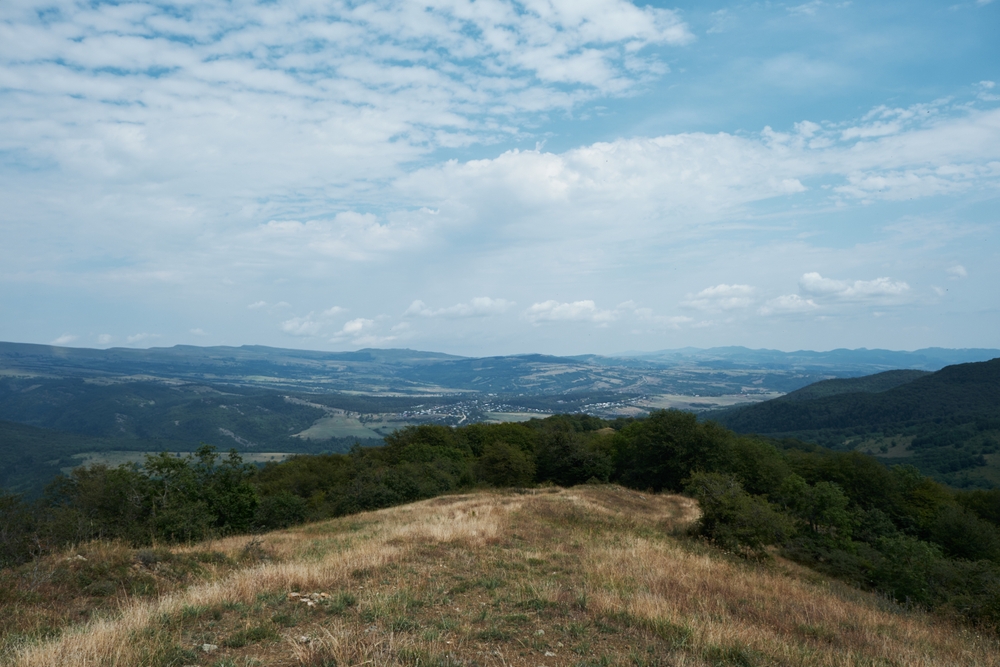
Algeti National Park
Explore Now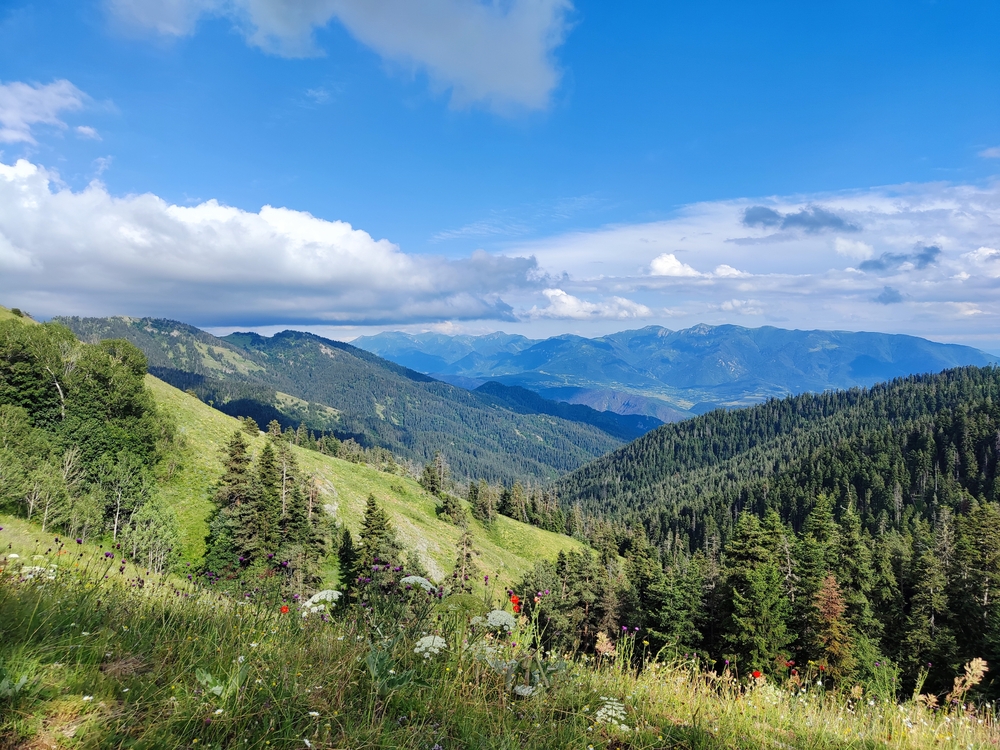
Borjomi-Kharagauli National Park
Explore Now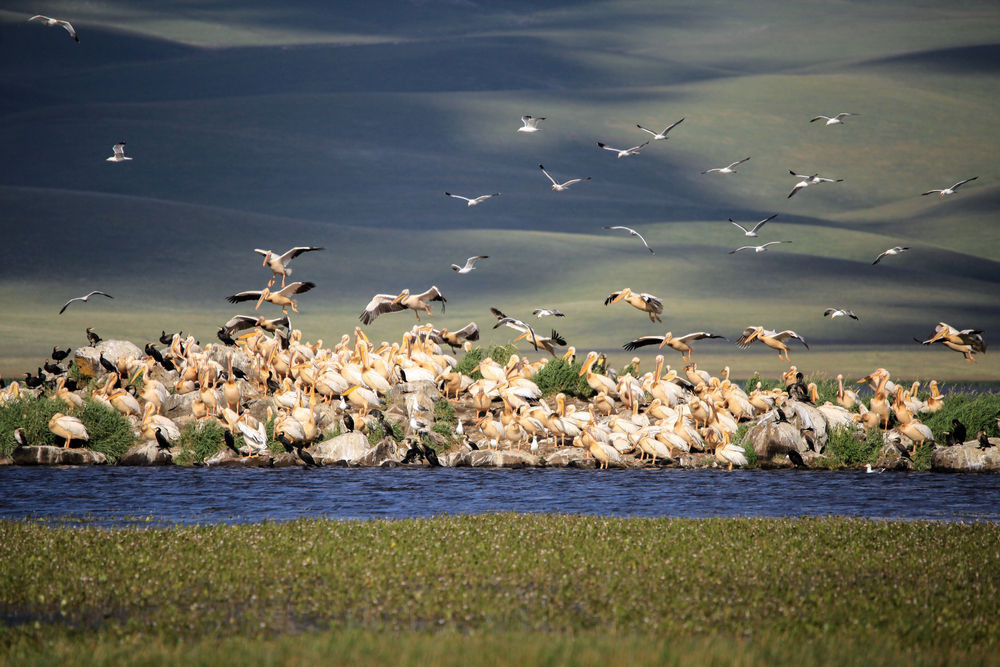
Javakheti National Park
Explore Now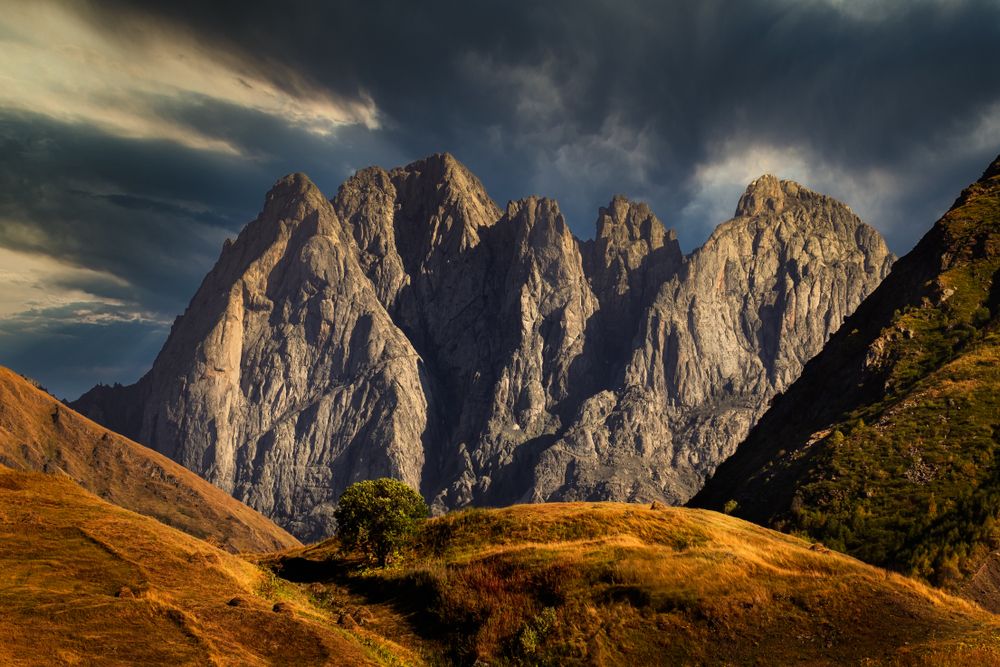
Kazbegi National Park
Explore Now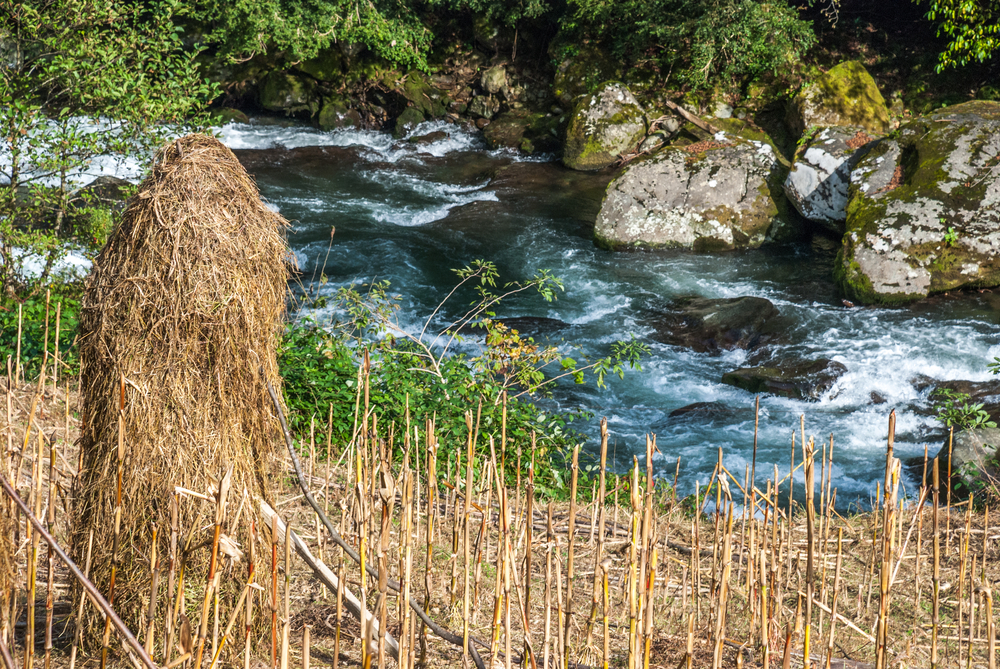
Kintrishi National Park
Explore Now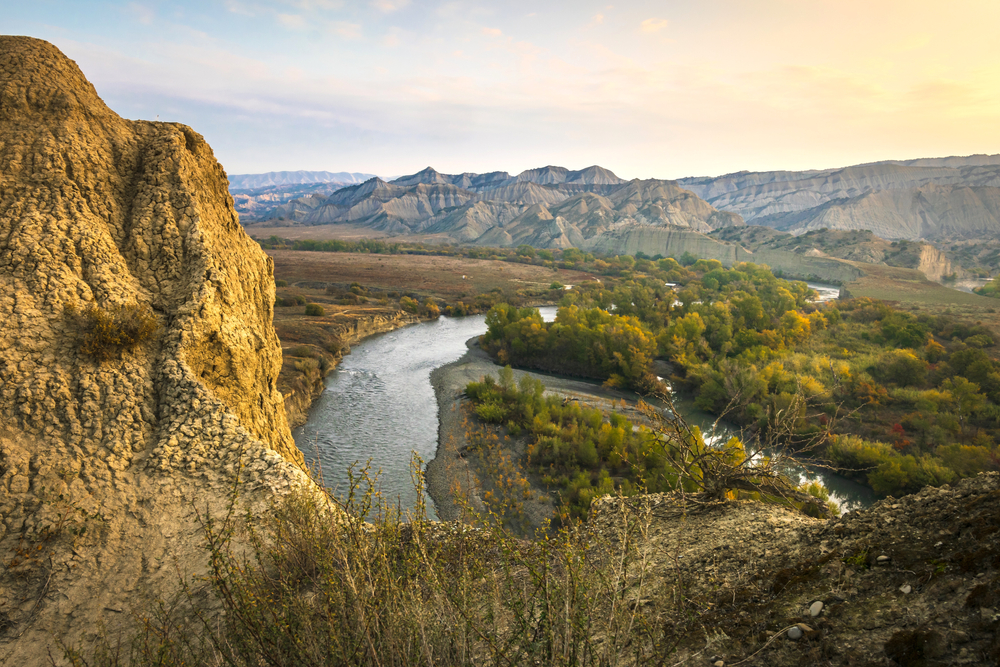
Kolkheti National Park
Explore Now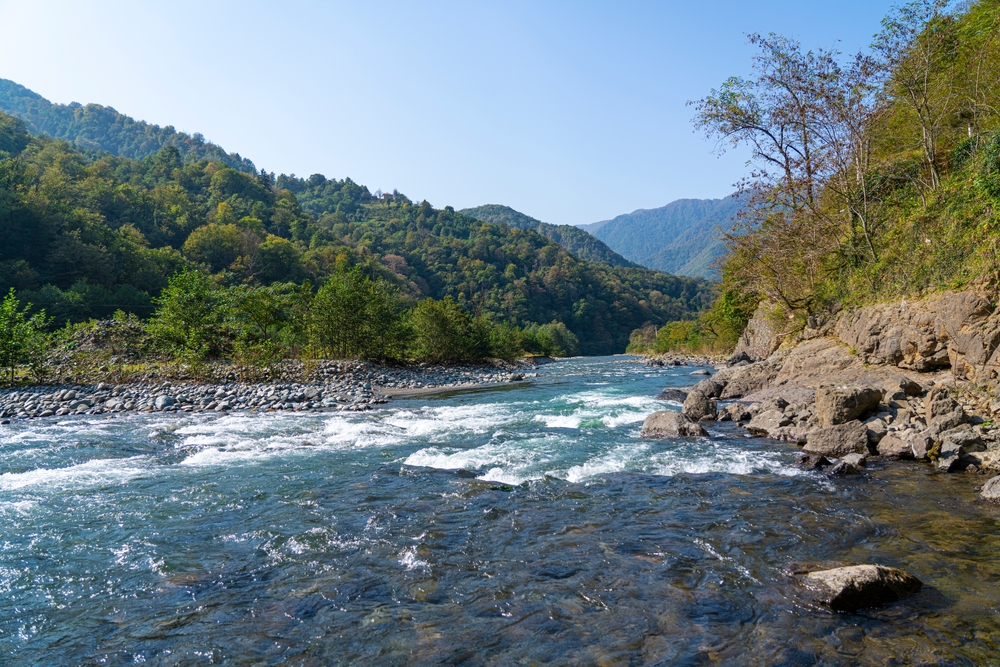
Machakhela National Park
Explore Now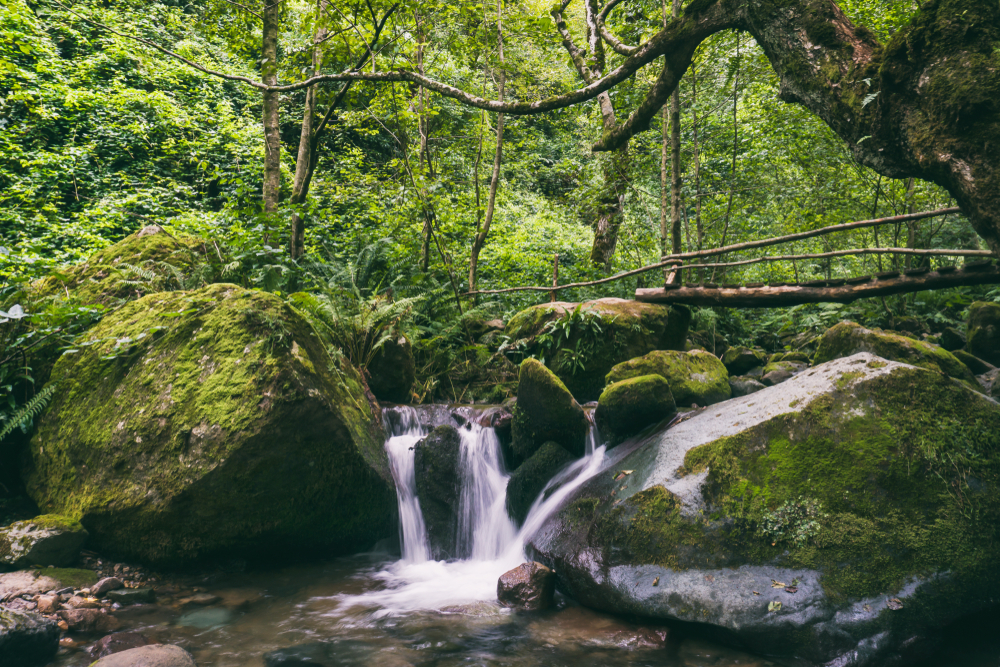
Mtirala National Park
Explore Now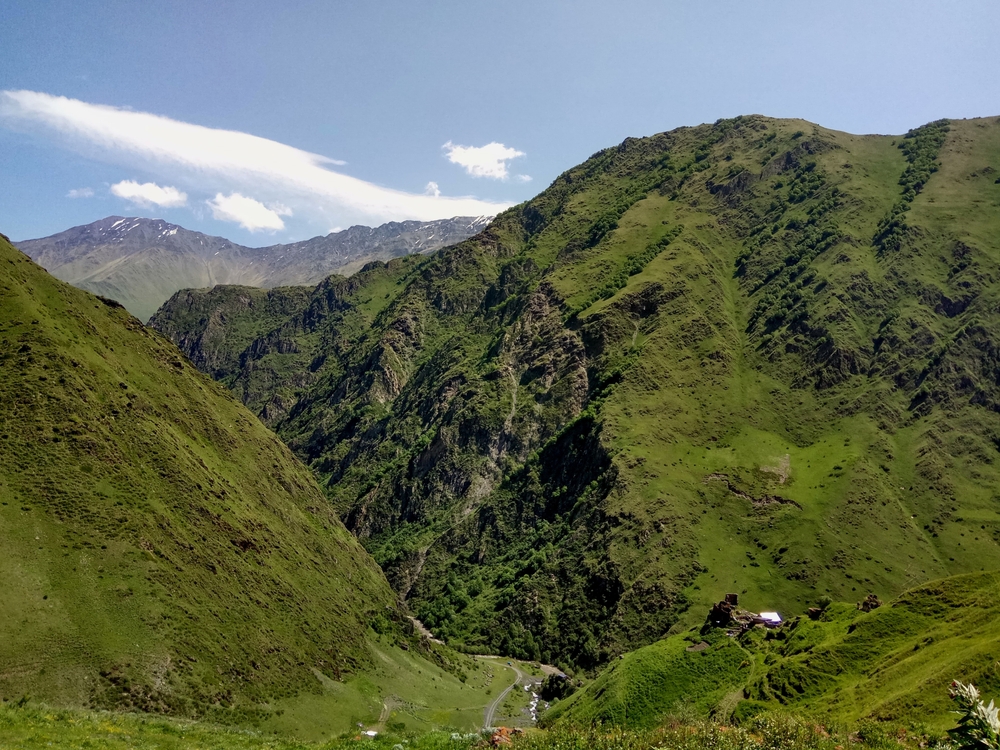
Pshav-Khevsureti National Park
Explore Now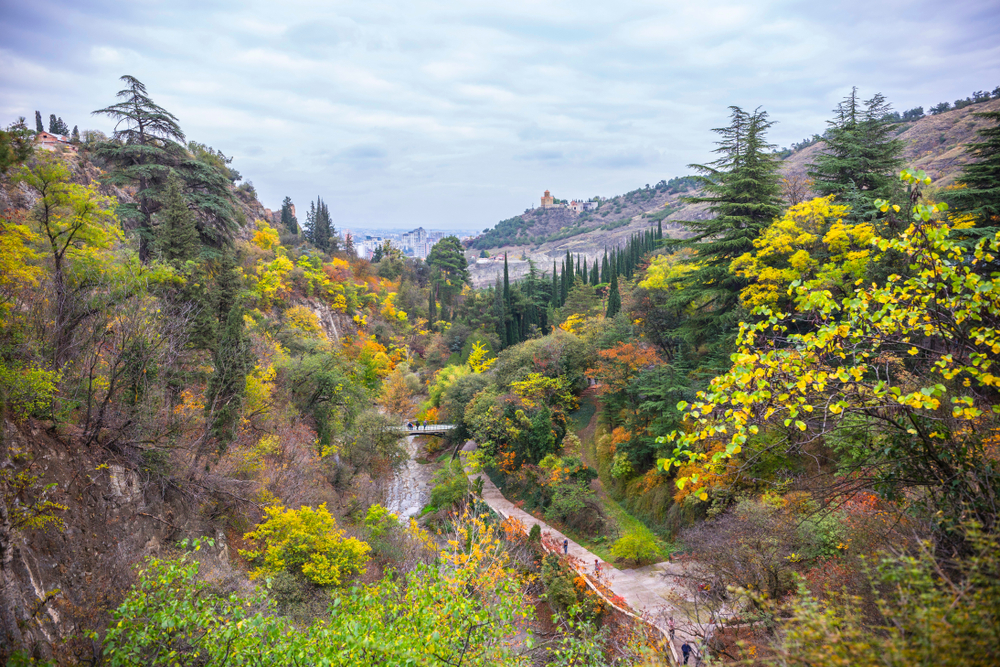
Tbilisi National Park
Explore Now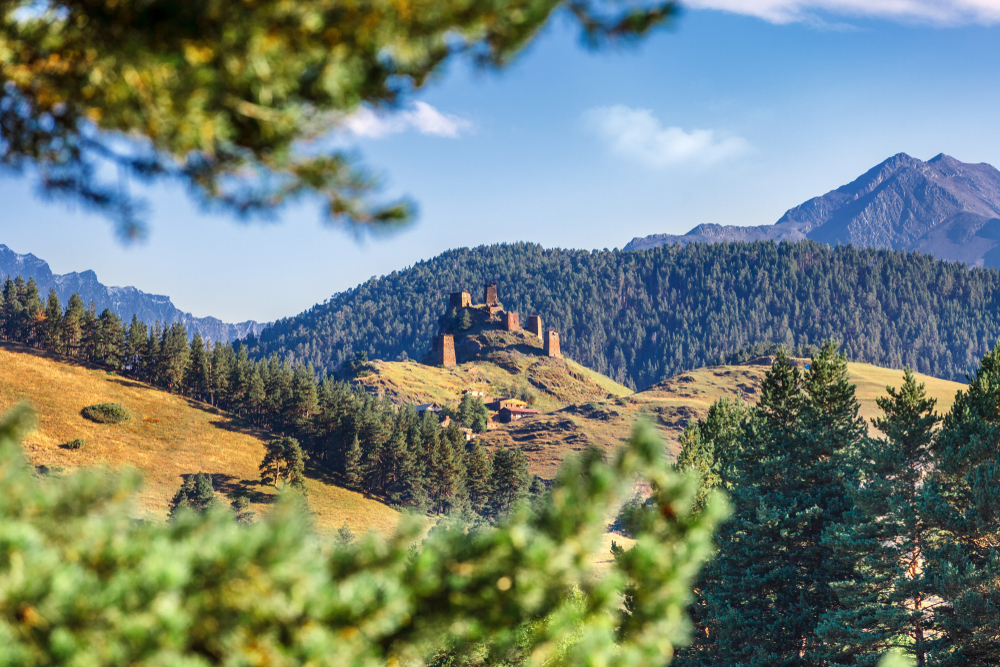
Tusheti National Park
Explore Now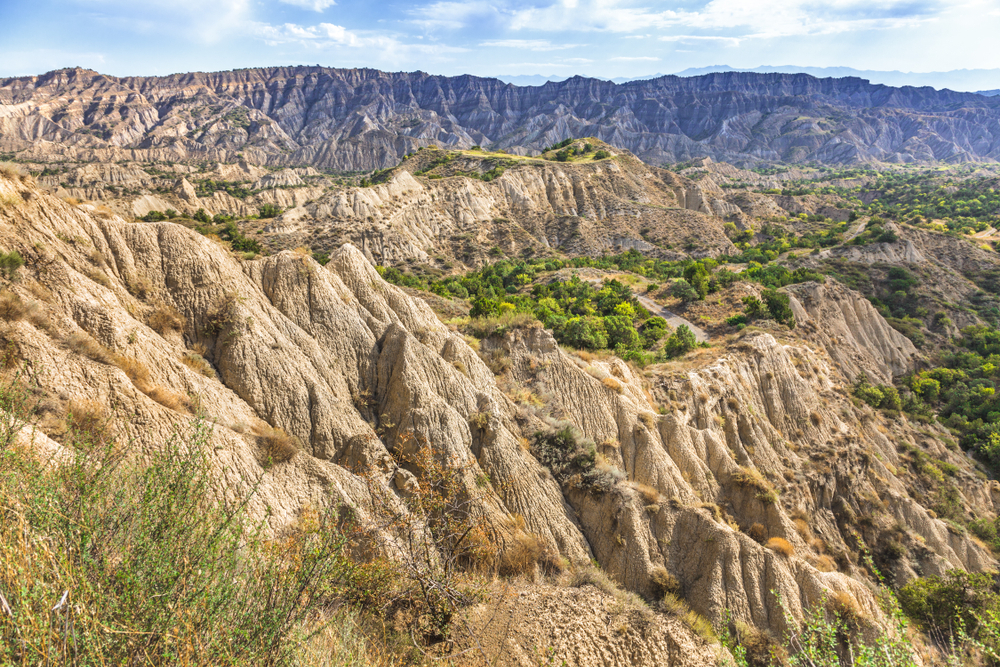
Vashlovani National Park
Explore NowFAQ’s
1. What was the first national park in Georgia?
2. What is the largest national park in Georgia?
Borjomi-Kharagauli National Park is also the largest national park in Georgia, covering approximately 540 square miles (1,400 square kilometers).
The park is known for its mountainous terrain, dense forests, and diverse plant and animal species. It is home to wildlife such as deer, bears, and lynxes, and offers scenic hiking trails through its varied landscapes.
3. What is the smallest national park in Georgia?
The smallest national park in Georgia is Sataplia Nature Reserve, which spans about 1.4 square miles (3.8 square kilometers).
Located near Kutaisi in western Georgia, Sataplia is famous for its dinosaur footprints and the Sataplia Cave, offering a blend of natural beauty and prehistoric history in a compact area.
4. What is the most popular national park in Georgia?
Kazbegi National Park is one of the most popular national parks in Georgia, renowned for its stunning mountainous landscapes and dramatic scenery.
The park’s main attractions include Mount Kazbek, a towering 16,558-foot (5,047-meter) peak, and the iconic Gergeti Trinity Church, perched on a hill with breathtaking views of the surrounding area.
Visitors are drawn to the park for hiking, mountaineering, and exploring Georgia’s scenic natural beauty. Kazbegi’s combination of rugged landscapes and cultural landmarks makes it a top destination for adventure travelers and nature lovers.
5. What percentage of Georgia’s land area is protected through official National Parks?
Approximately 8% of Georgia’s land area is protected through national parks and other protected areas, covering around 2,700 square miles (7,000 square kilometers).
Georgia’s commitment to conservation is reflected in its extensive network of national parks and nature reserves, aimed at preserving the country’s rich biodiversity and unique ecosystems.
6. What other protected areas are there in Georgia?
In addition to national parks, Georgia has several important nature reserves and protected landscapes. The Lagodekhi Nature Reserve, located in eastern Georgia, is one of the country’s oldest protected areas and is known for its pristine forests, waterfalls, and unique biodiversity.
The Tusheti Protected Landscape, located in the Greater Caucasus mountains, is another significant conservation area, offering a combination of cultural heritage and stunning mountain scenery.
Kolkheti Wetlands, part of the Ramsar Convention, protect valuable wetland ecosystems and provide a critical habitat for migratory birds.
7. What nature attractions does Georgia have apart from National Parks?
Beyond its national parks, Georgia boasts many other natural attractions. The Caucasus Mountains, particularly in regions like Svaneti and Kazbegi, are known for their towering peaks, glaciers, and ancient villages, offering stunning trekking and mountaineering opportunities.
The Black Sea coast, especially around Batumi, provides beautiful beaches, botanical gardens, and a subtropical climate.
Georgia’s wine regions in Kakheti are another highlight, with rolling vineyards and picturesque landscapes, making it a popular destination for wine tourism.
Additionally, the Vardzia Cave Monastery, carved into a cliffside, offers visitors a glimpse into Georgia’s rich history amidst breathtaking surroundings.
8. What species are endemic and unique to Georgia alone?
Georgia is home to several endemic species, particularly within its mountainous and forested regions. The Caucasian tur, a wild goat, is native to the Caucasus Mountains and is found in the high-altitude areas of Georgia.
The Caucasian snowcock, a bird species unique to the region, inhabits the rocky cliffs of the Greater Caucasus. Georgia’s rivers and lakes are also home to the Colchic loach, an endemic fish species found in the western parts of the country.
9. What is Georgia's main international airport?
Georgia’s main international airport is Tbilisi International Airport (IATA code: TBS), located about 17 kilometers southeast of the capital, Tbilisi. It is the busiest airport in the country, serving as the main hub for international travelers.
10. What international airline companies fly into Georgia?
The following international airline companies fly into Georgia:
- Air France
- Austrian Airlines
- British Airways
- Flydubai
- Lufthansa
- Qatar Airways
- Turkish Airlines
- Wizz Air
- Ukraine International Airlines
11. Who manages the national parks of Georgia?
The national parks in Georgia are managed by the Agency of Protected Areas, which operates under the Ministry of Environmental Protection and Agriculture. This agency is responsible for the administration and conservation of Georgia’s protected areas, including national parks, nature reserves, and managed reserves.
The Caucasus Nature Fund (CNF) and World Wildlife Fund (WWF) also work closely with the Georgian government to support conservation initiatives. More information can be found on the official website of the Agency of Protected Areas: https://apa.gov.ge.

